Exam IV Ortho w/Instruments
1/171
There's no tags or description
Looks like no tags are added yet.
Name | Mastery | Learn | Test | Matching | Spaced |
|---|
No study sessions yet.
172 Terms
Depth Gauge
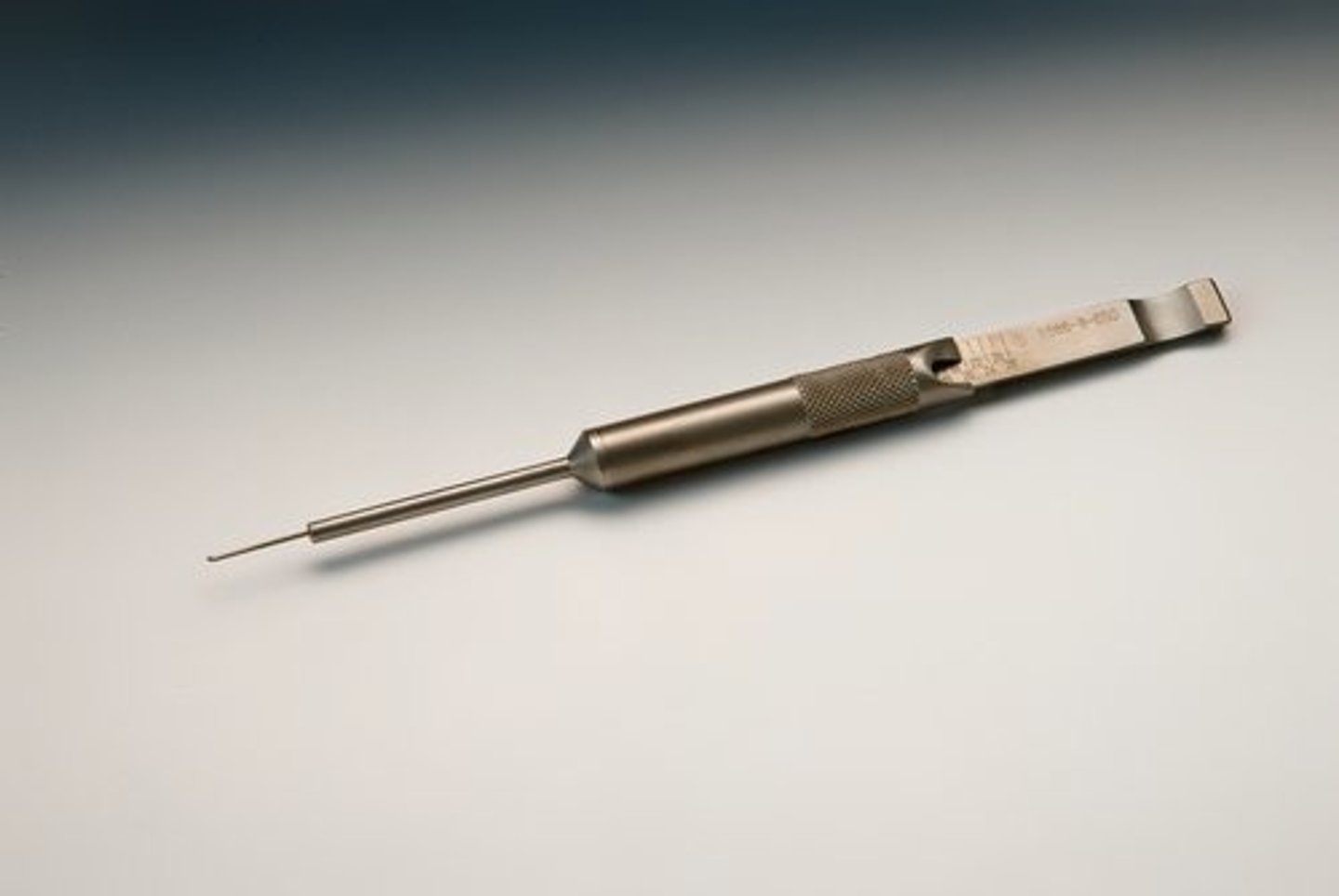
Mallet
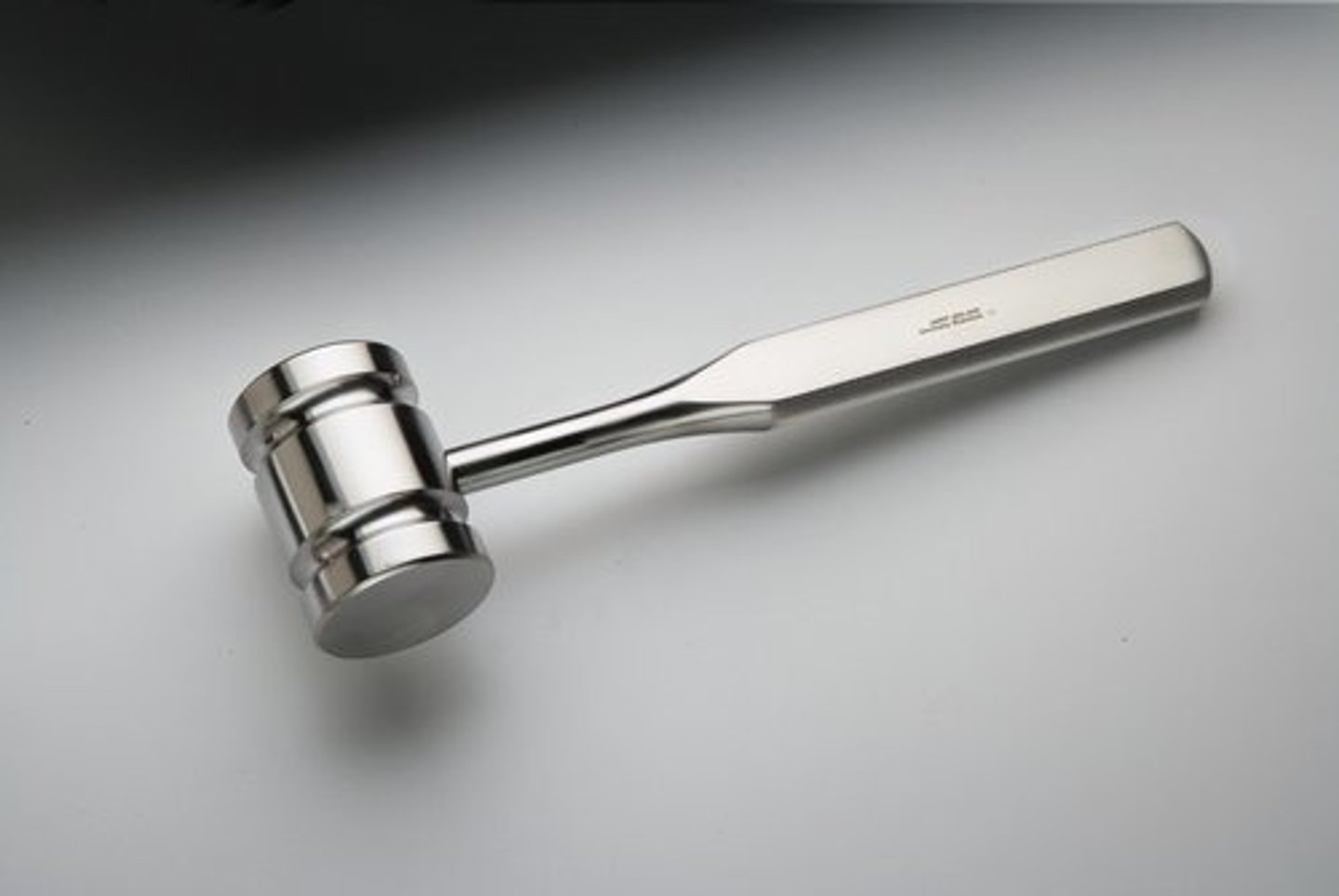
Bone Tamp
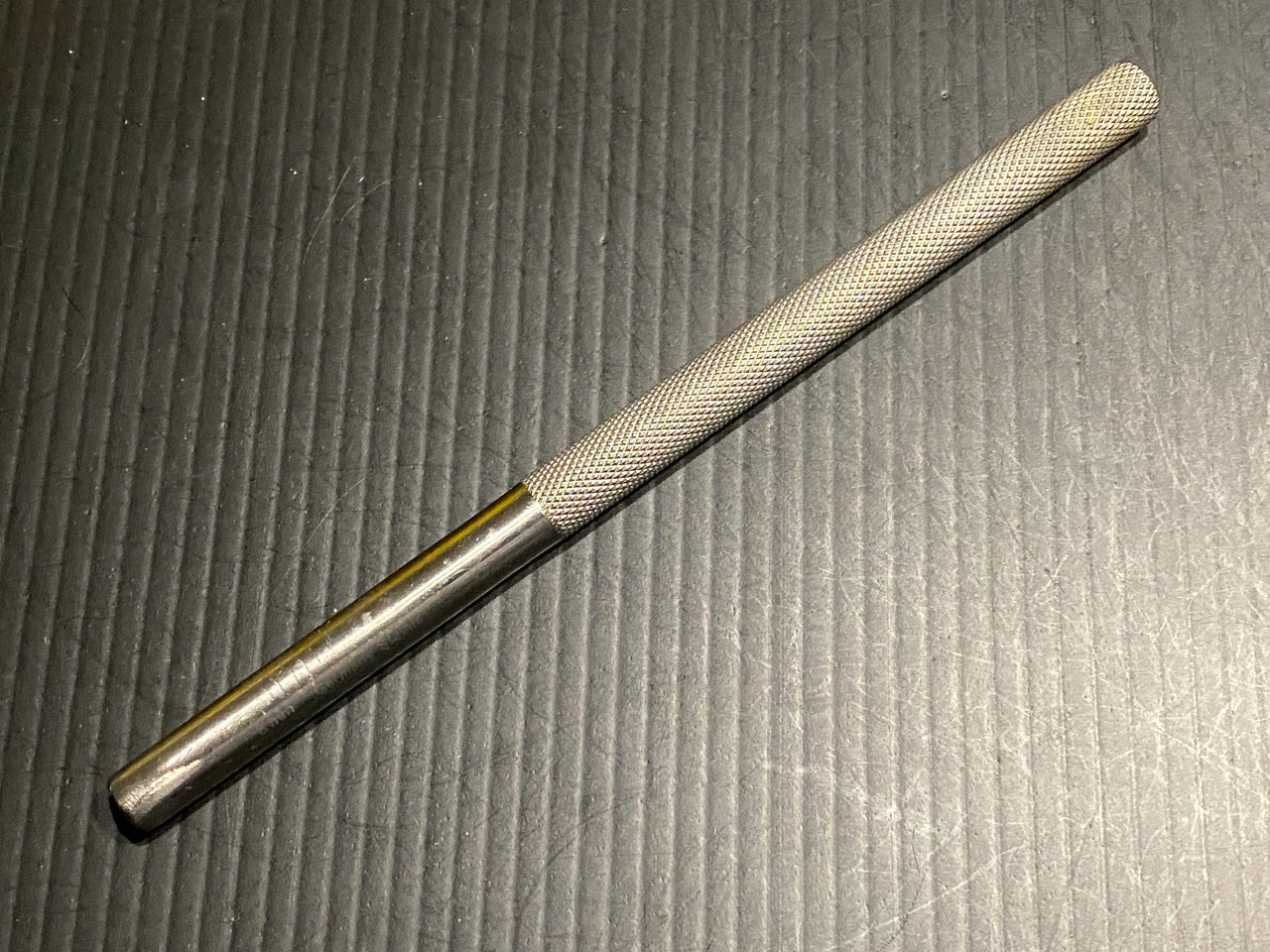
Townley Caliper
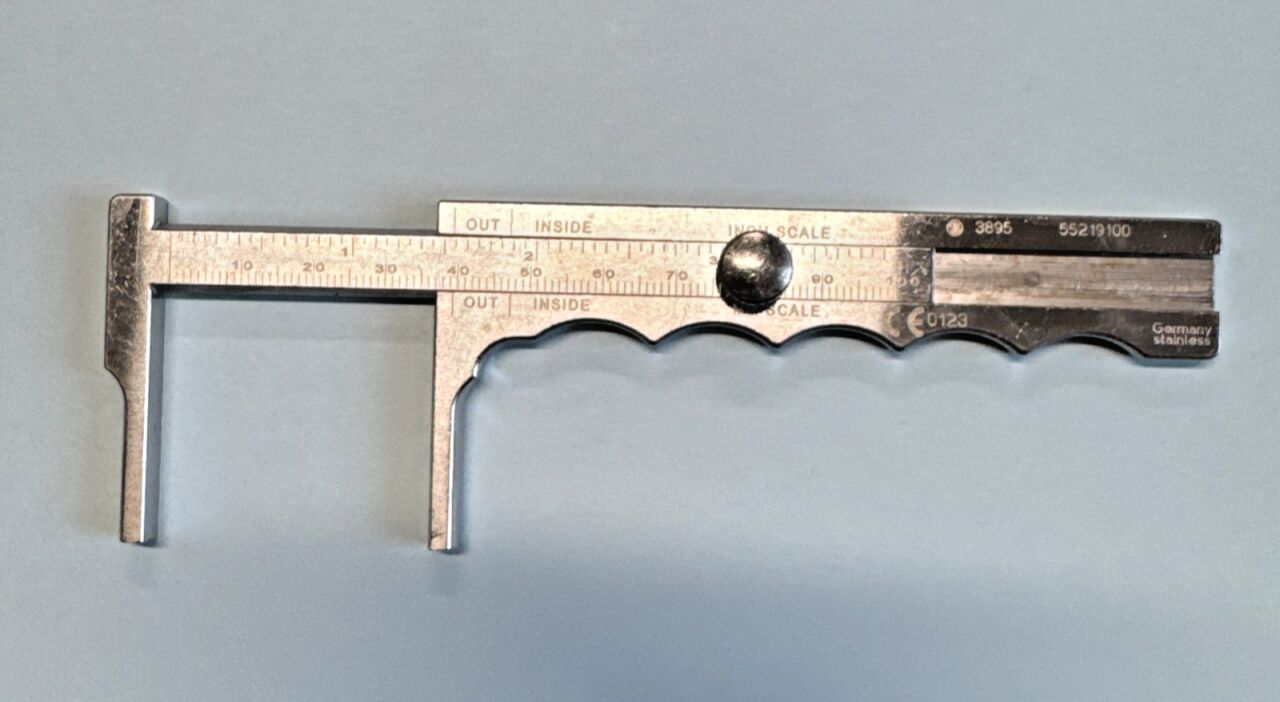
Bone Cement Injector
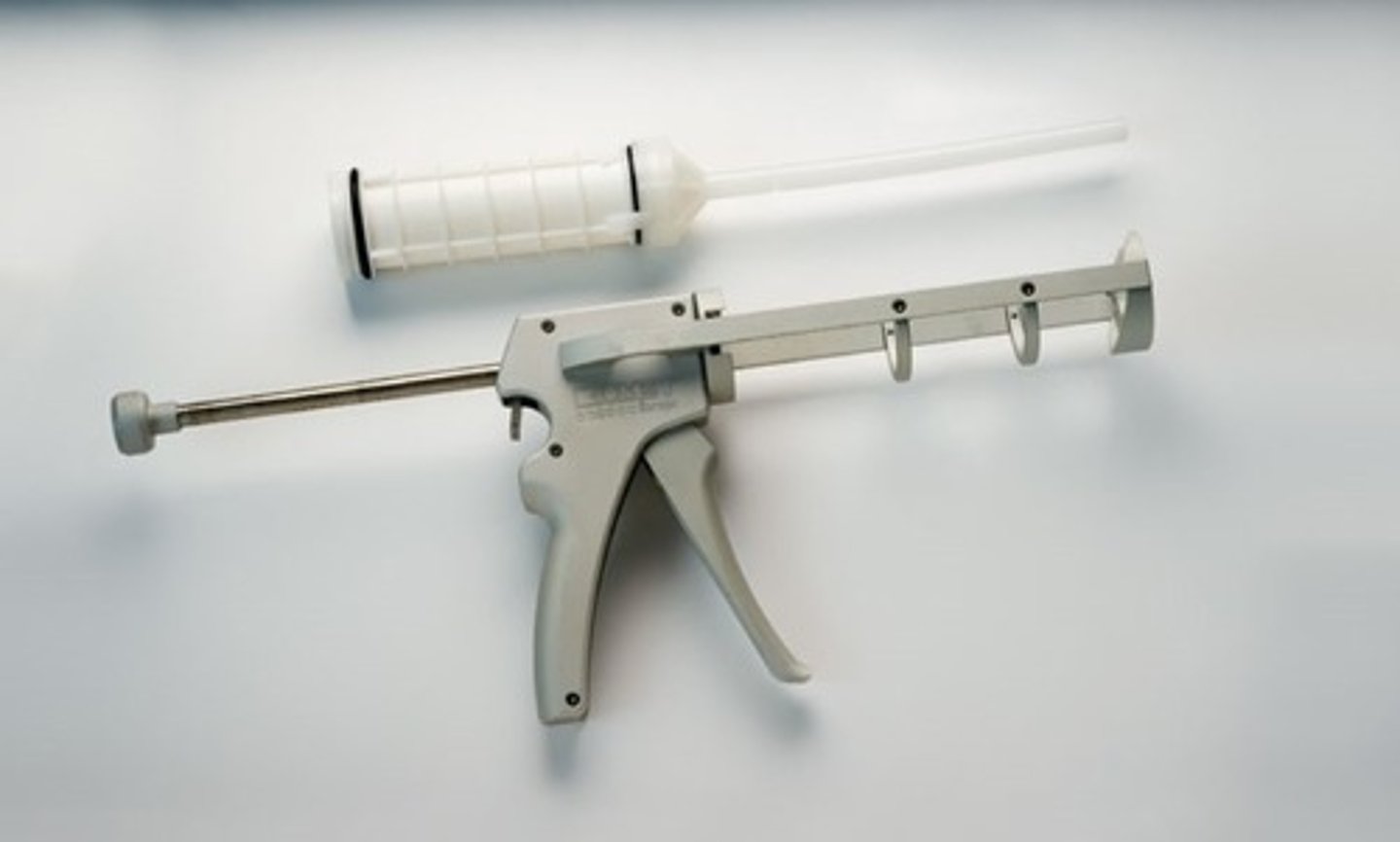
Drill Guide
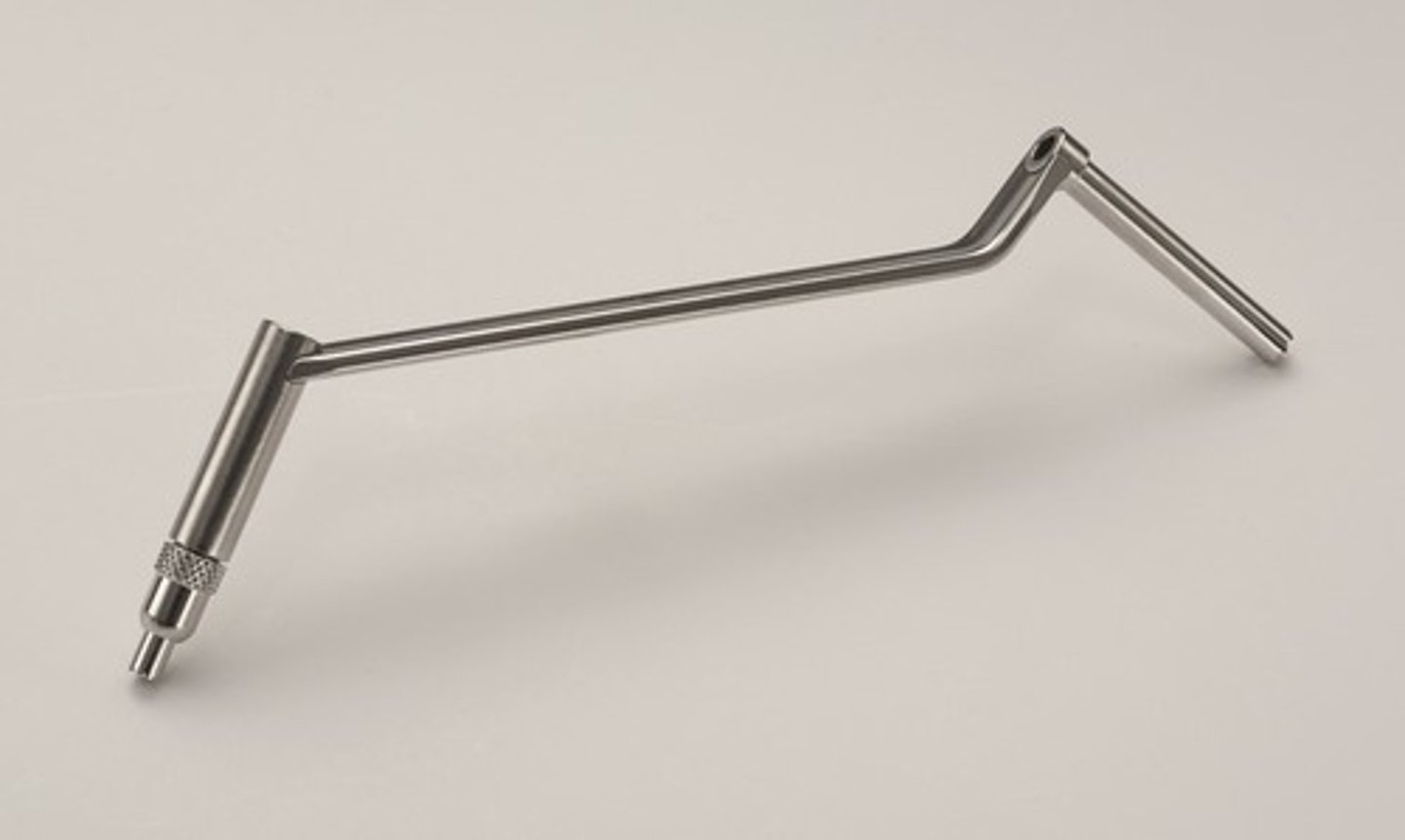
4-mm Sheath with Obturator
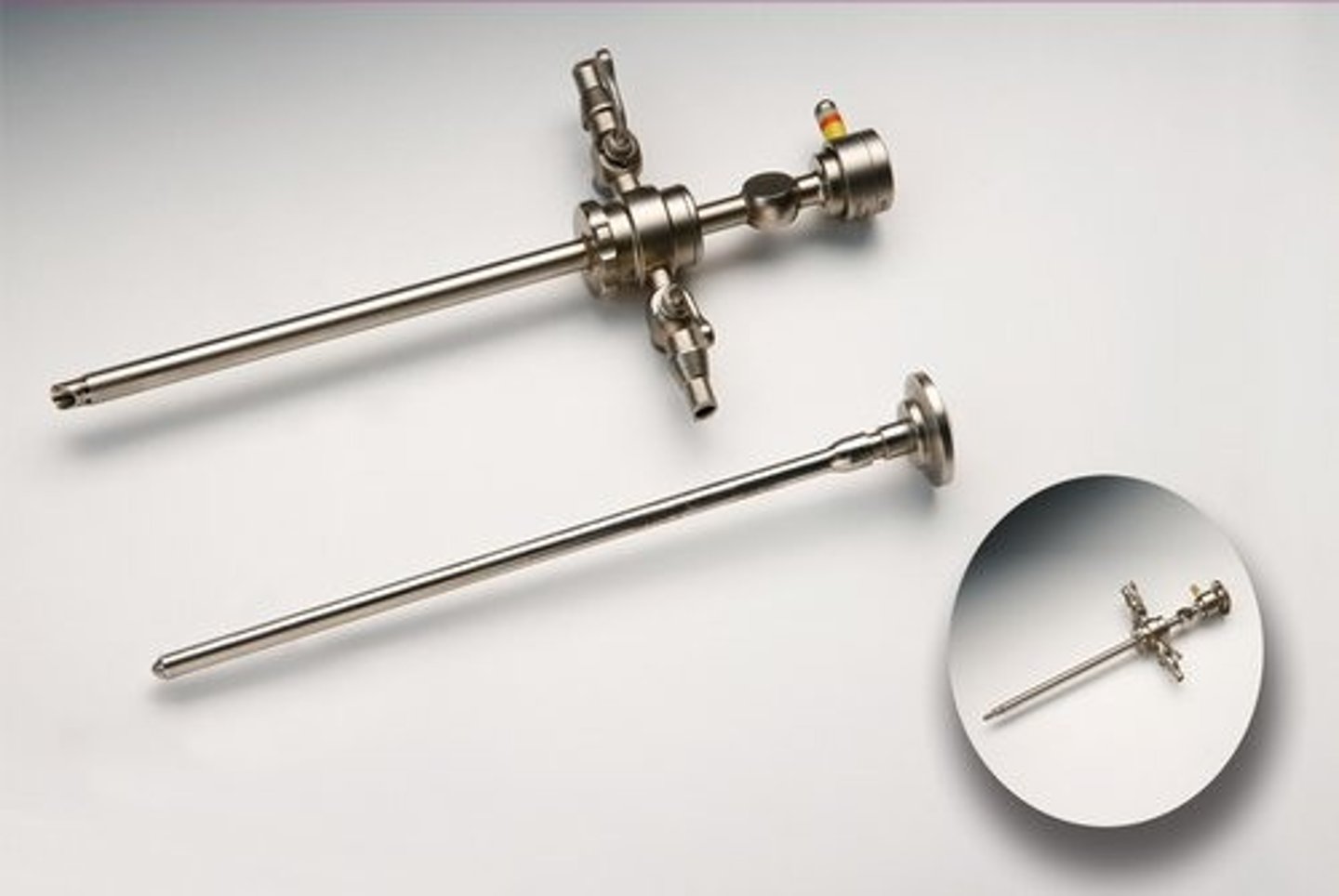
Kirschner Wires
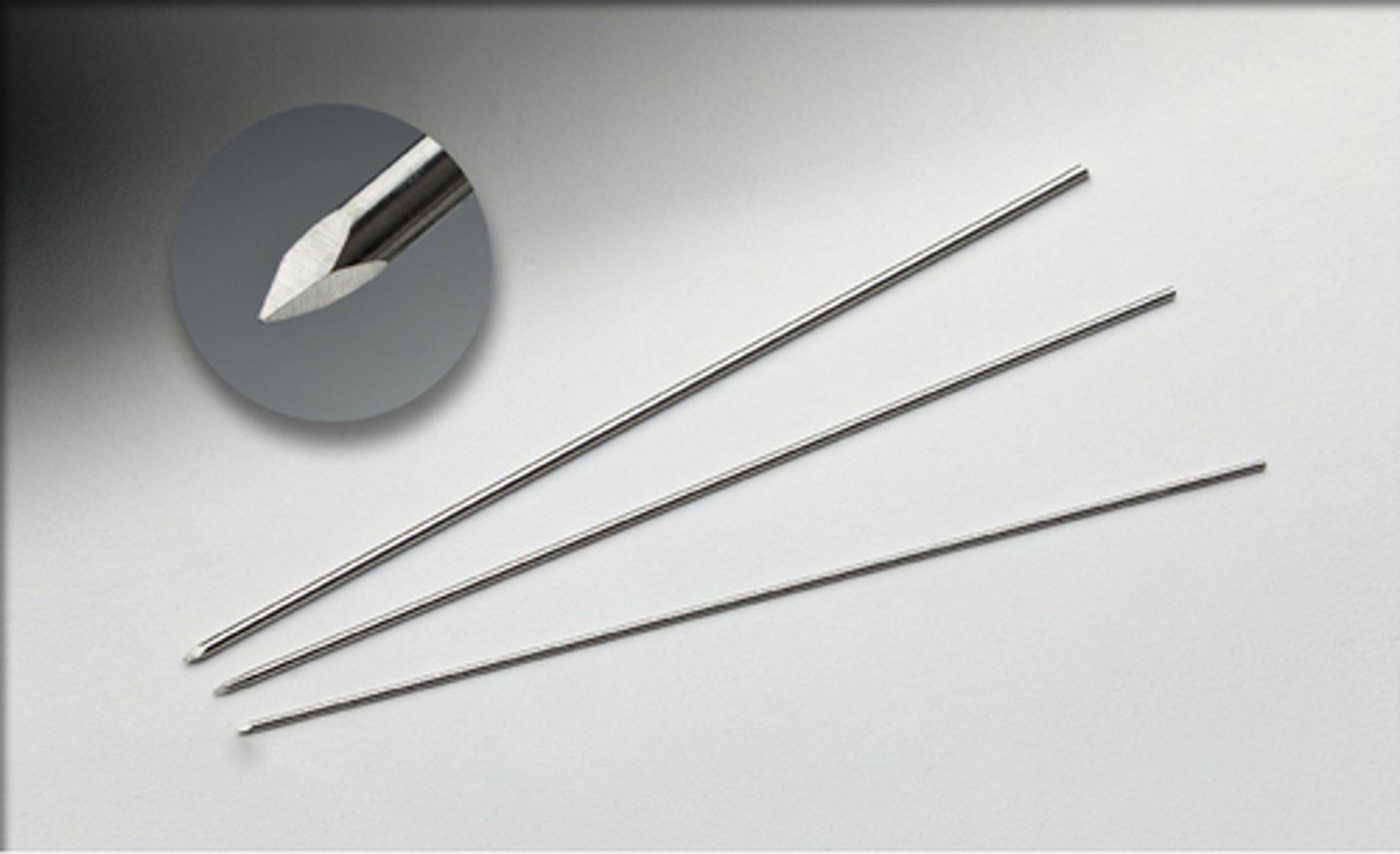
Steinman Pins

Jacobs Chuck & Key
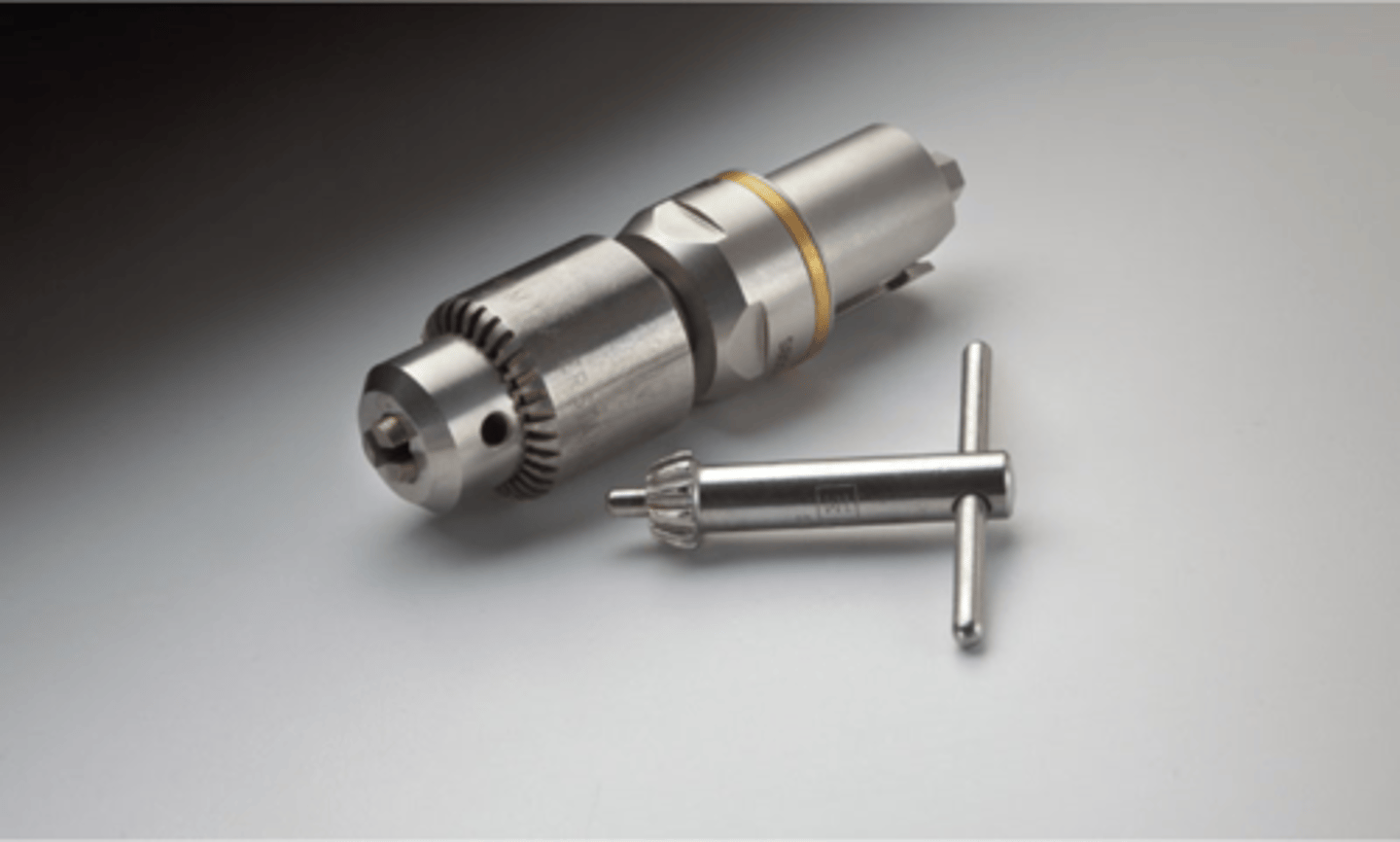
Plate Bending Pliers
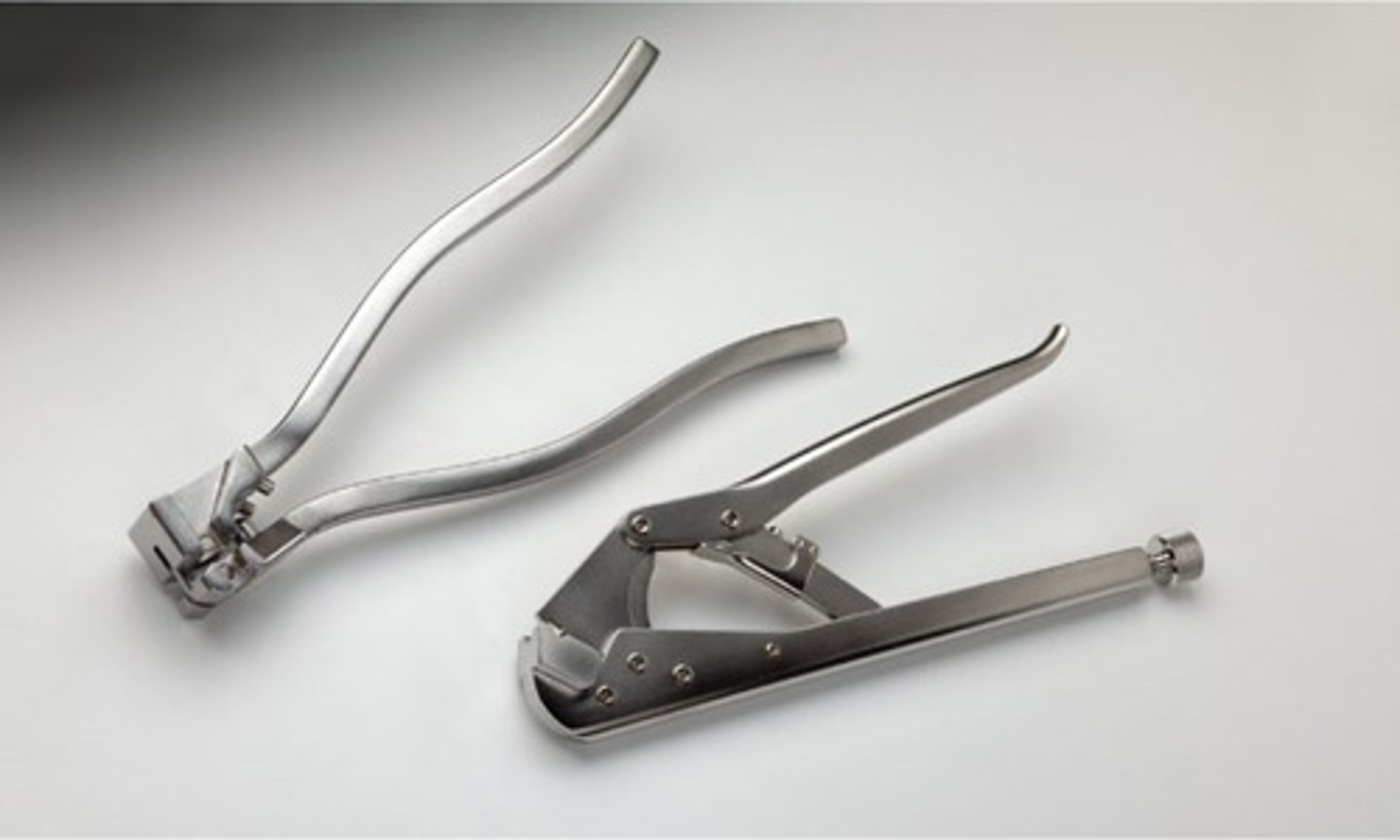
Lead Hand
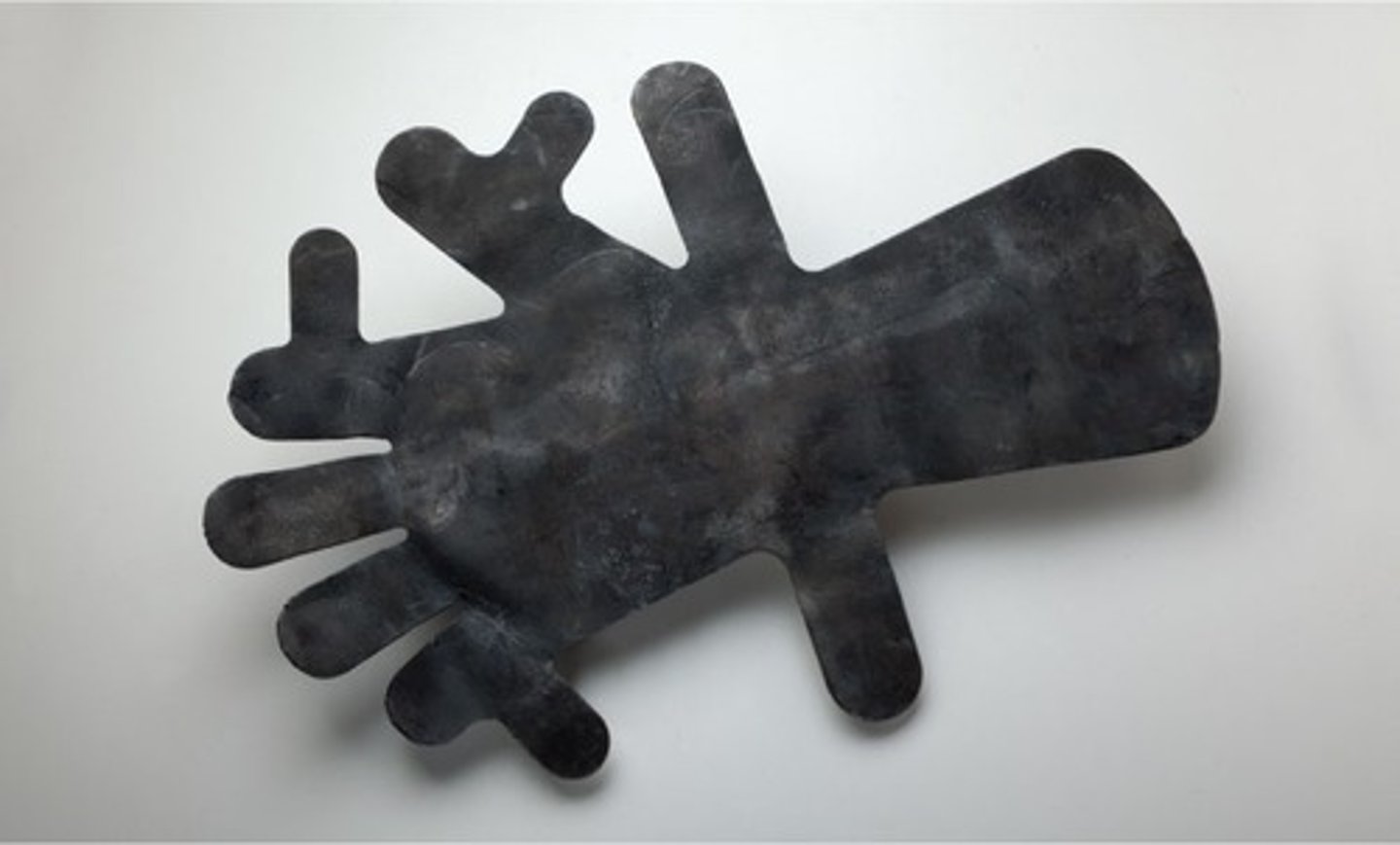
Gigli Saw
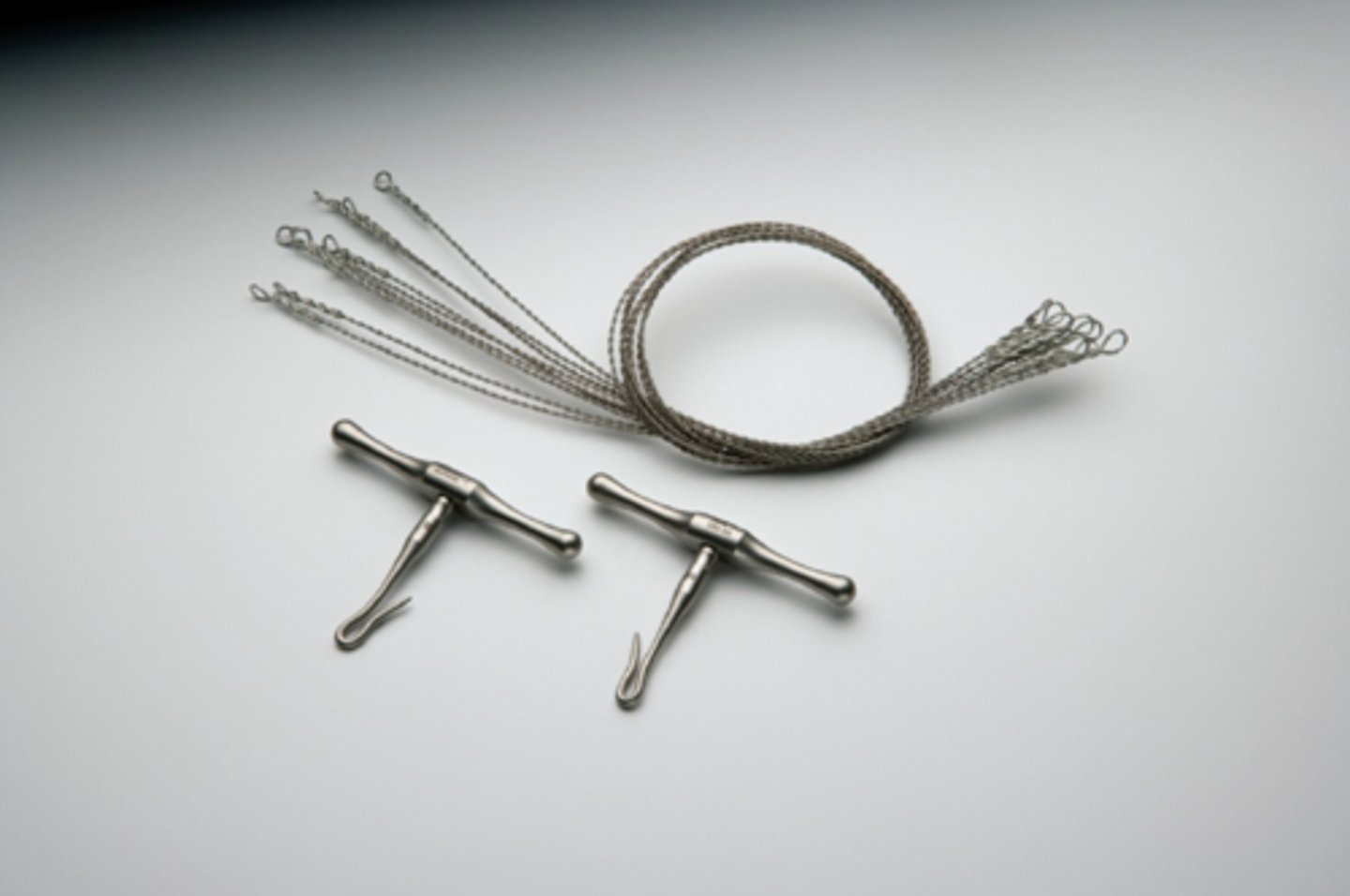
Stryker System 6 Power
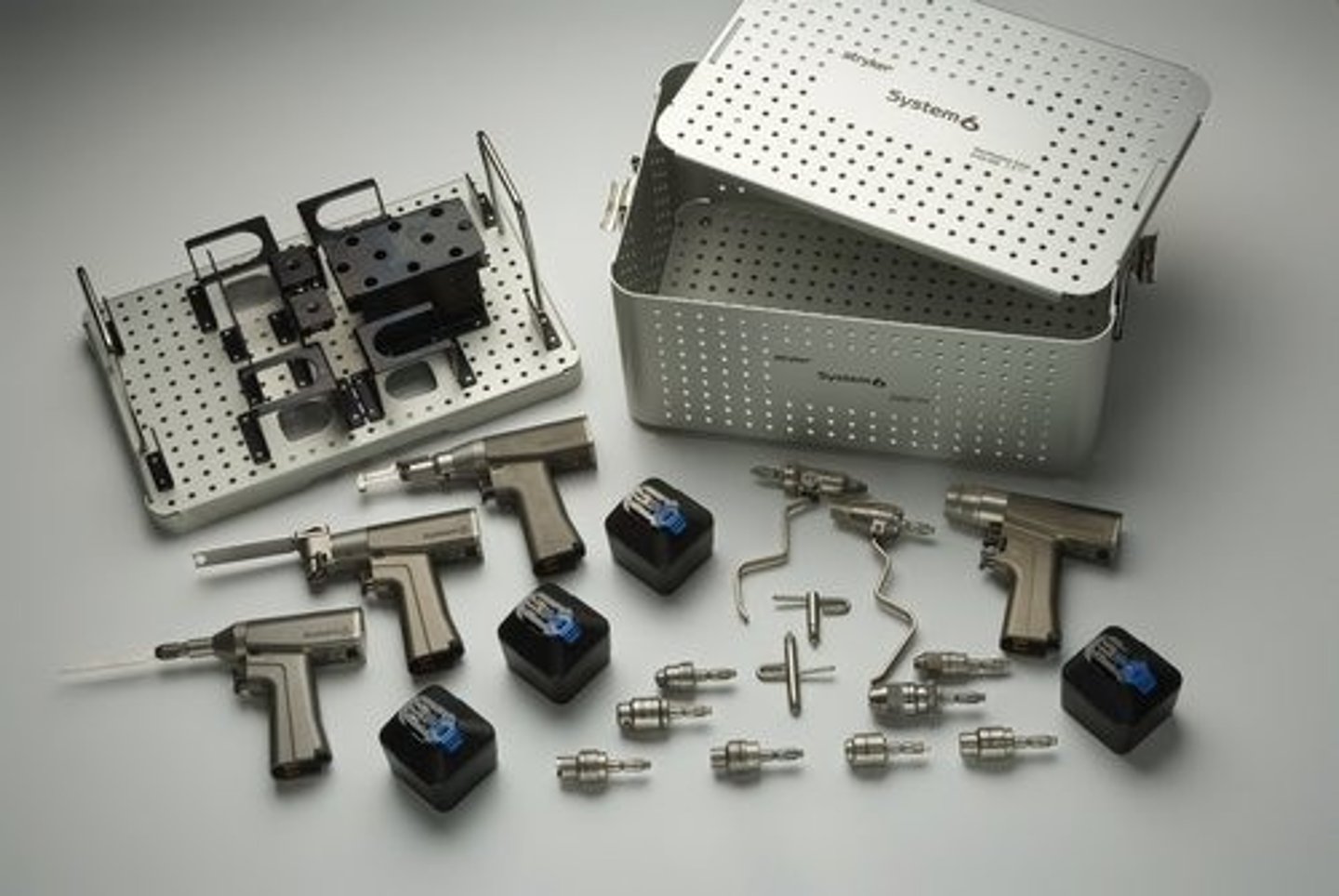
Stryker Core System
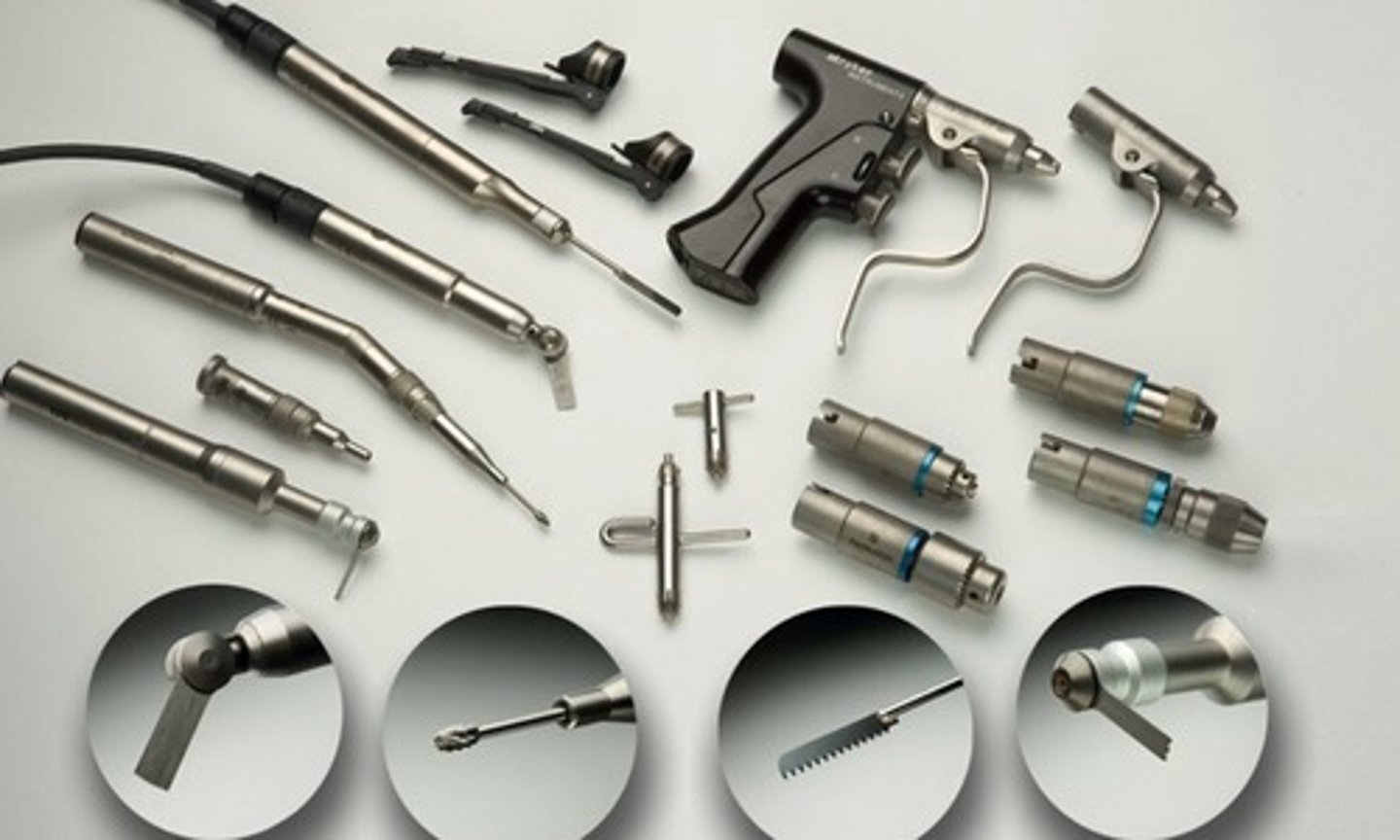
Cordless Driver 4
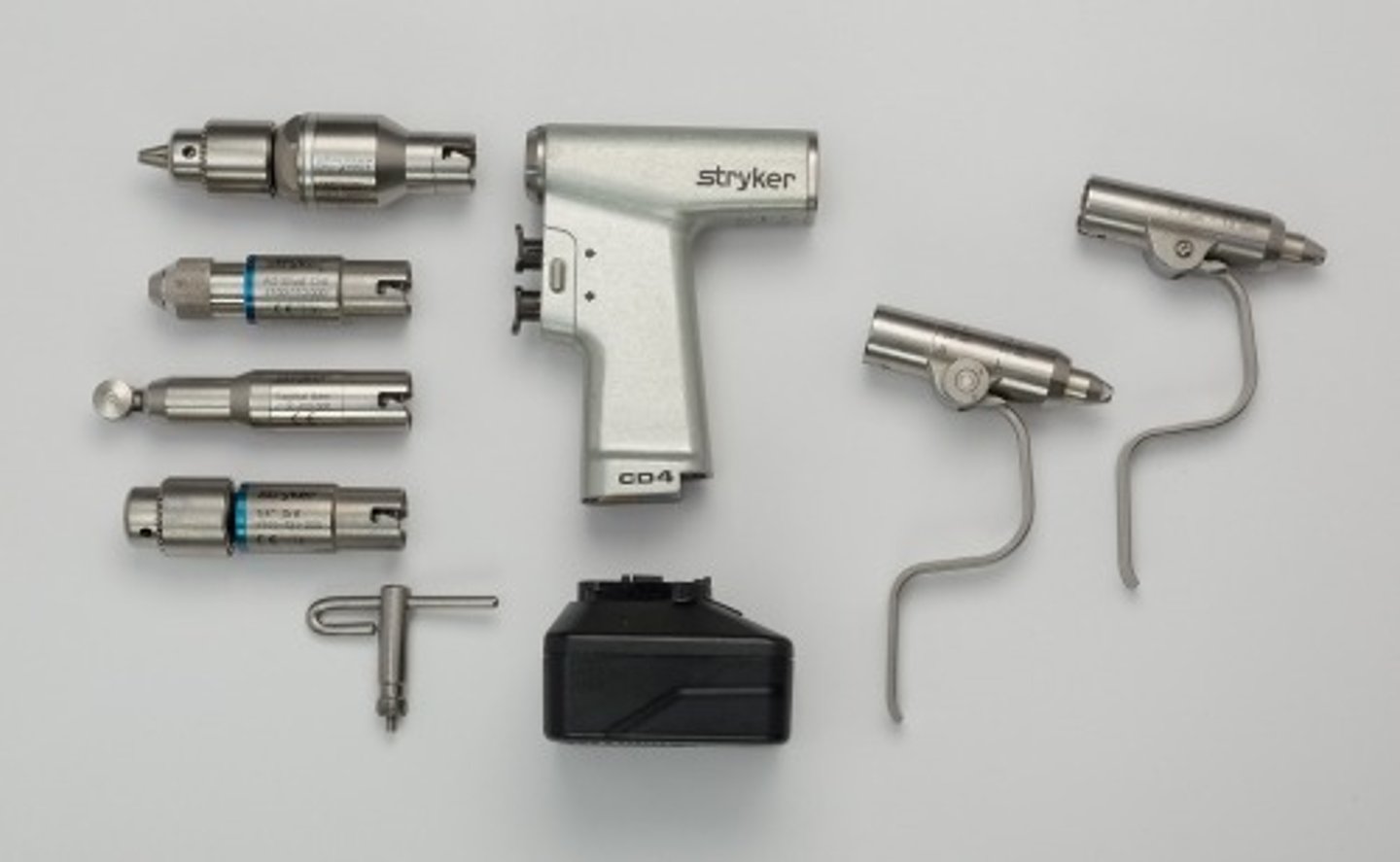
Drill Bit Set
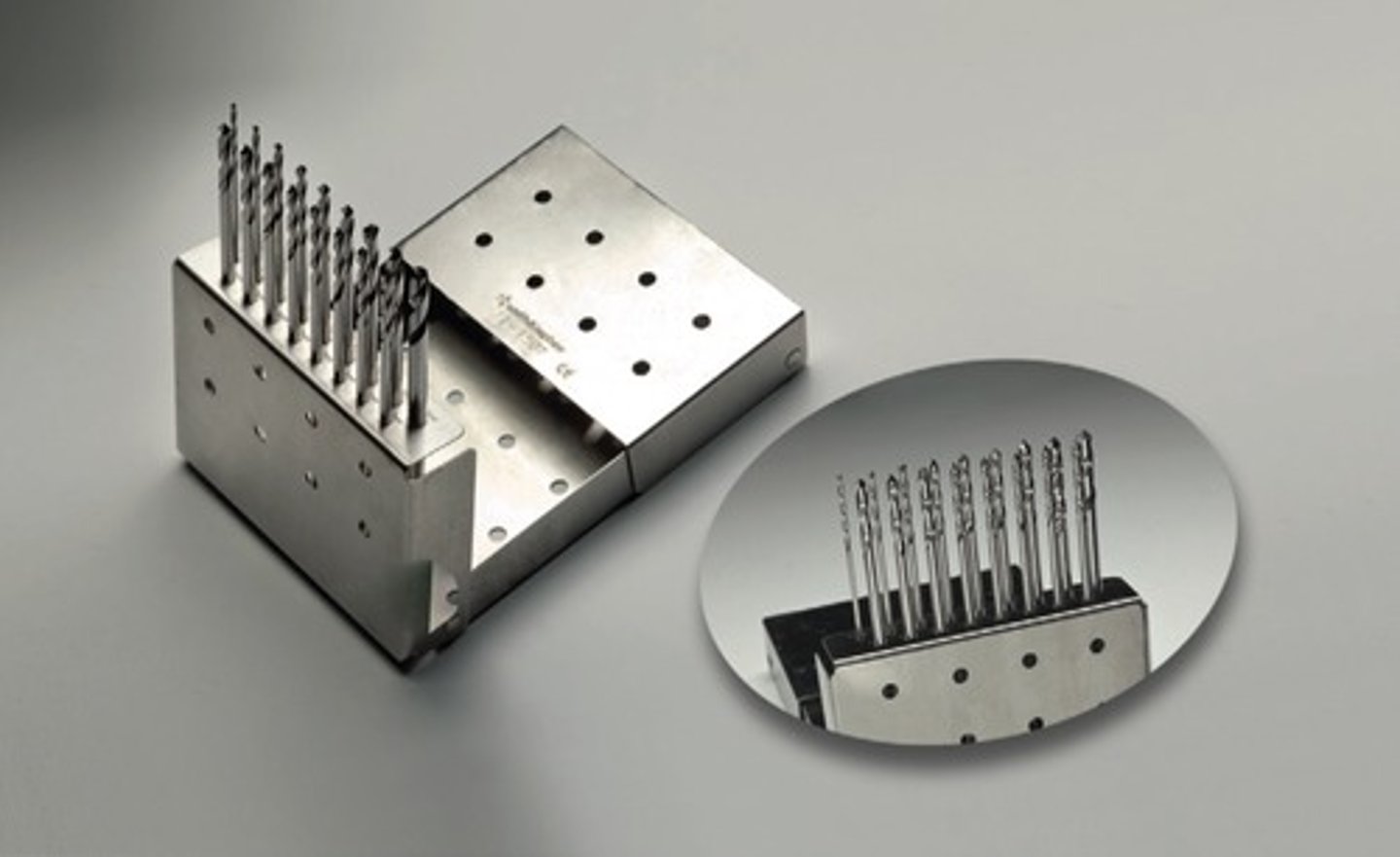
Bone File
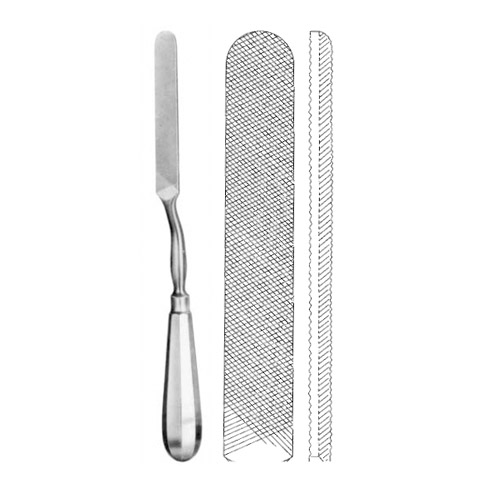
Miller Rasp
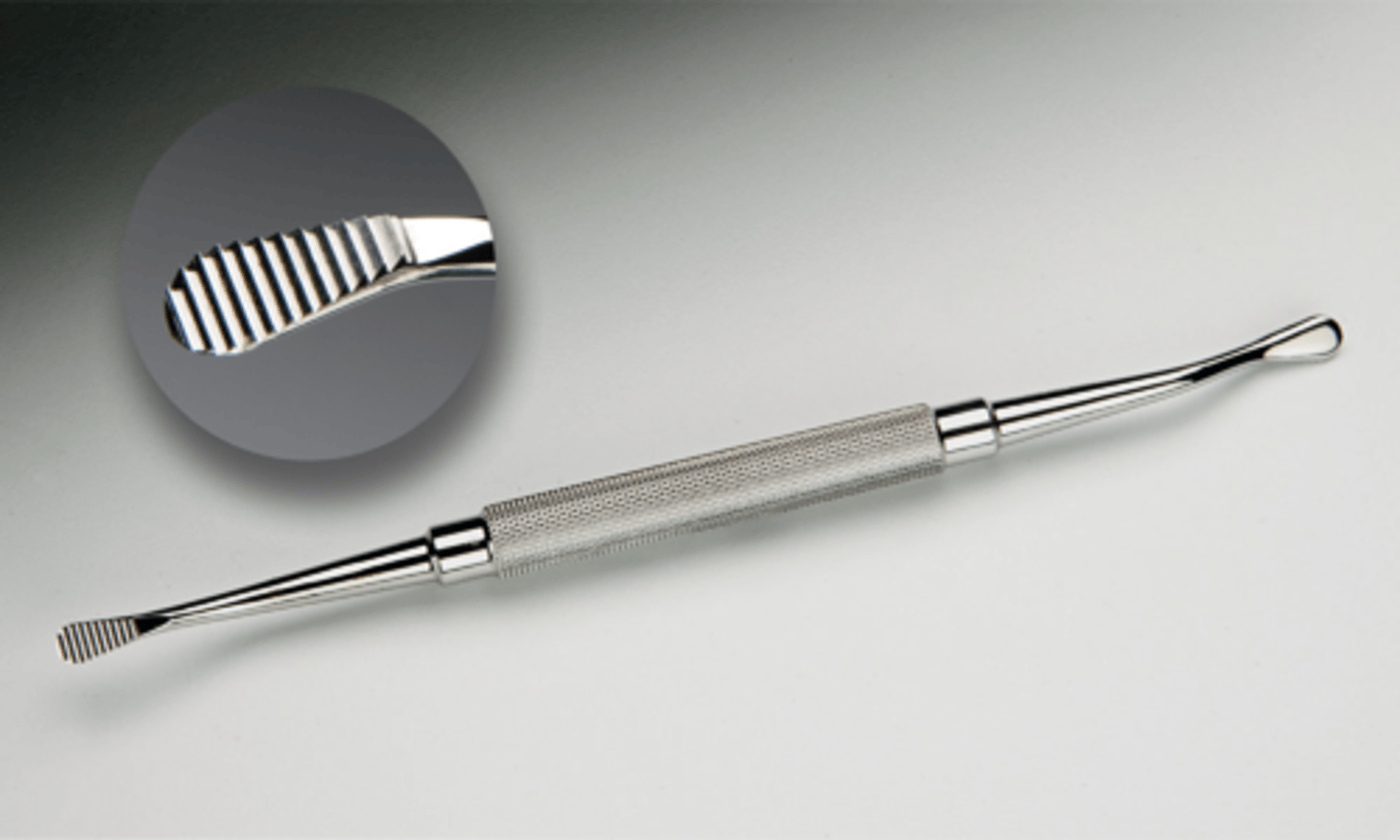
Key Periosteal Elevator

Freer Elevator
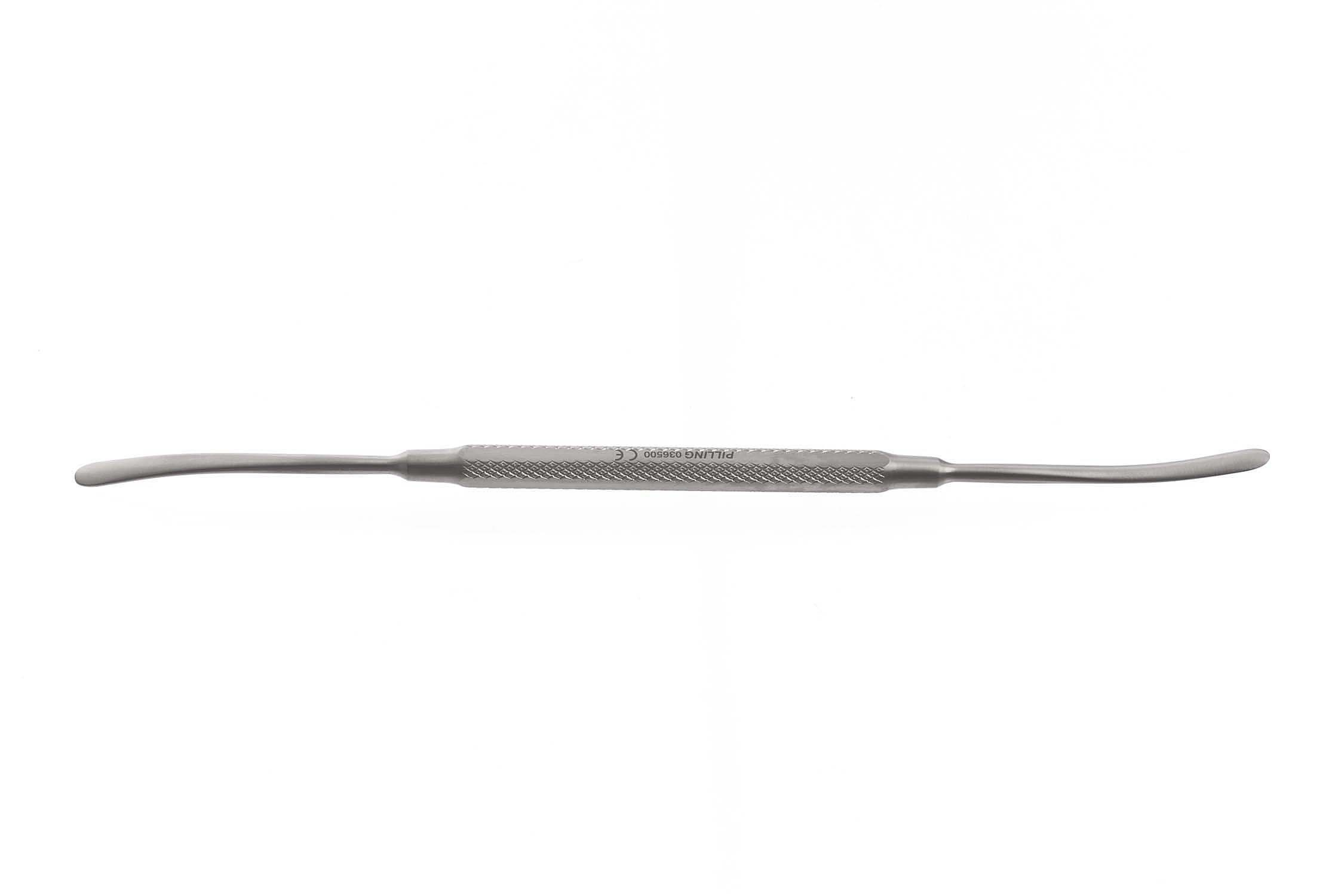
Liston Bone Cutter
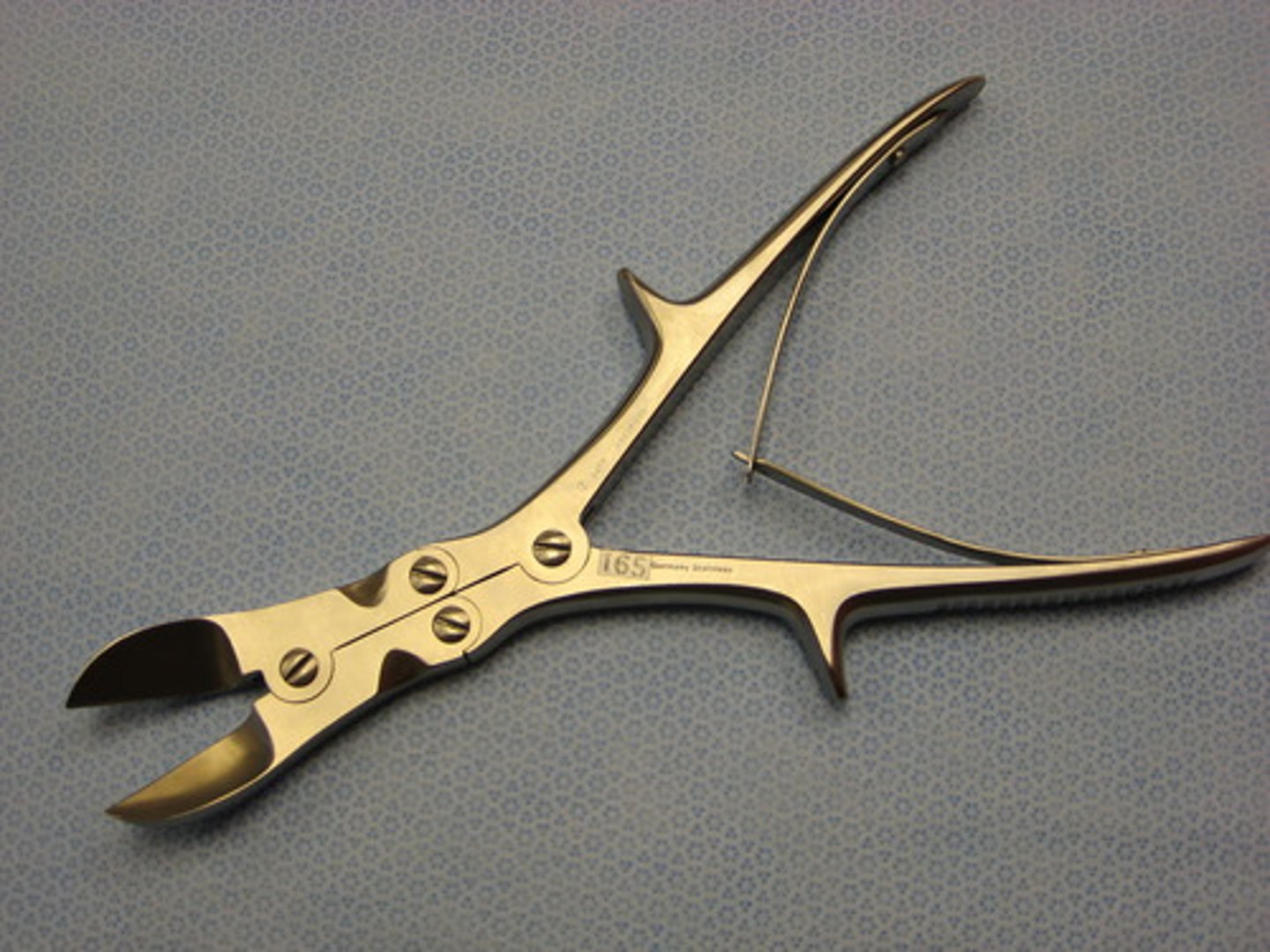
Stille Bone Gouge
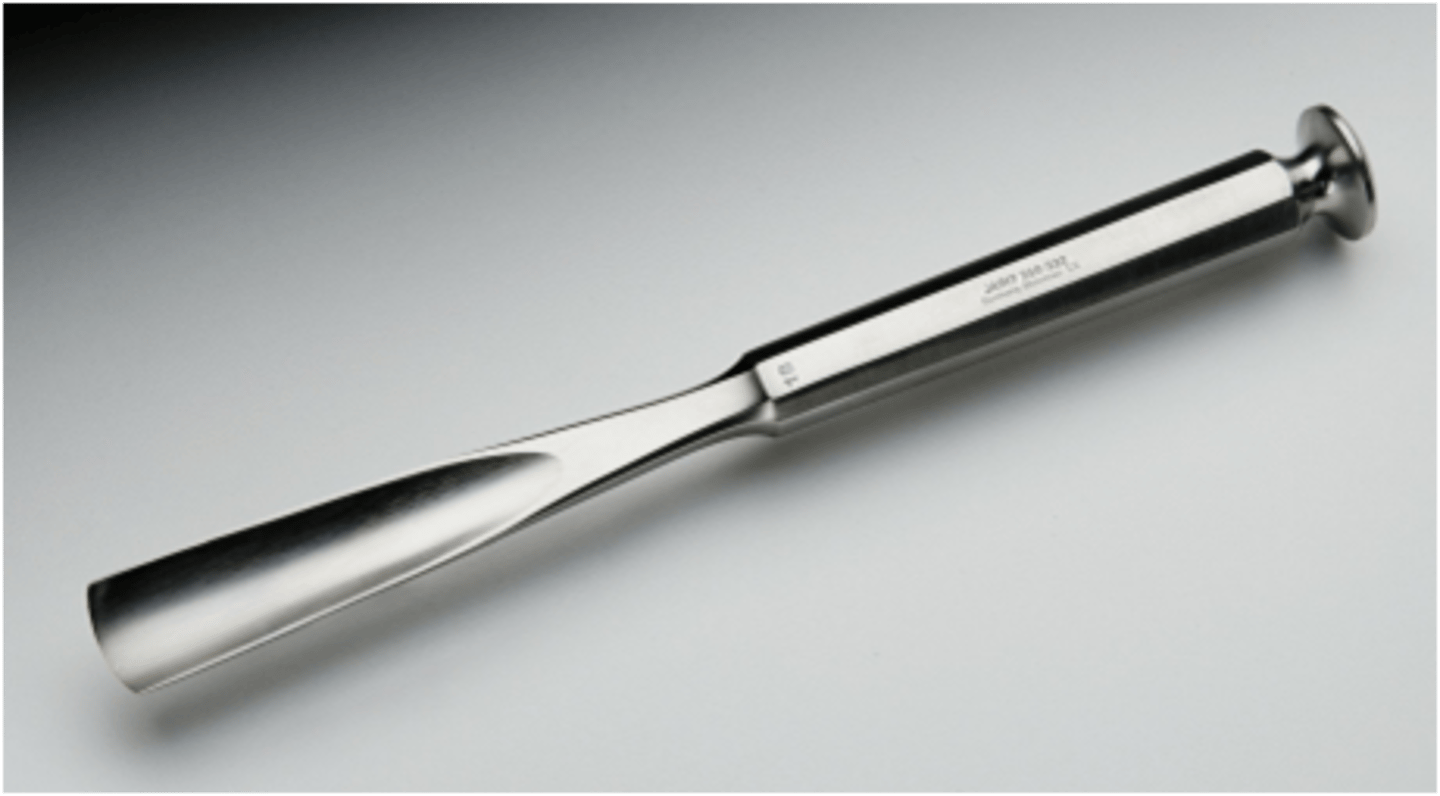
Stille Bone Chisel
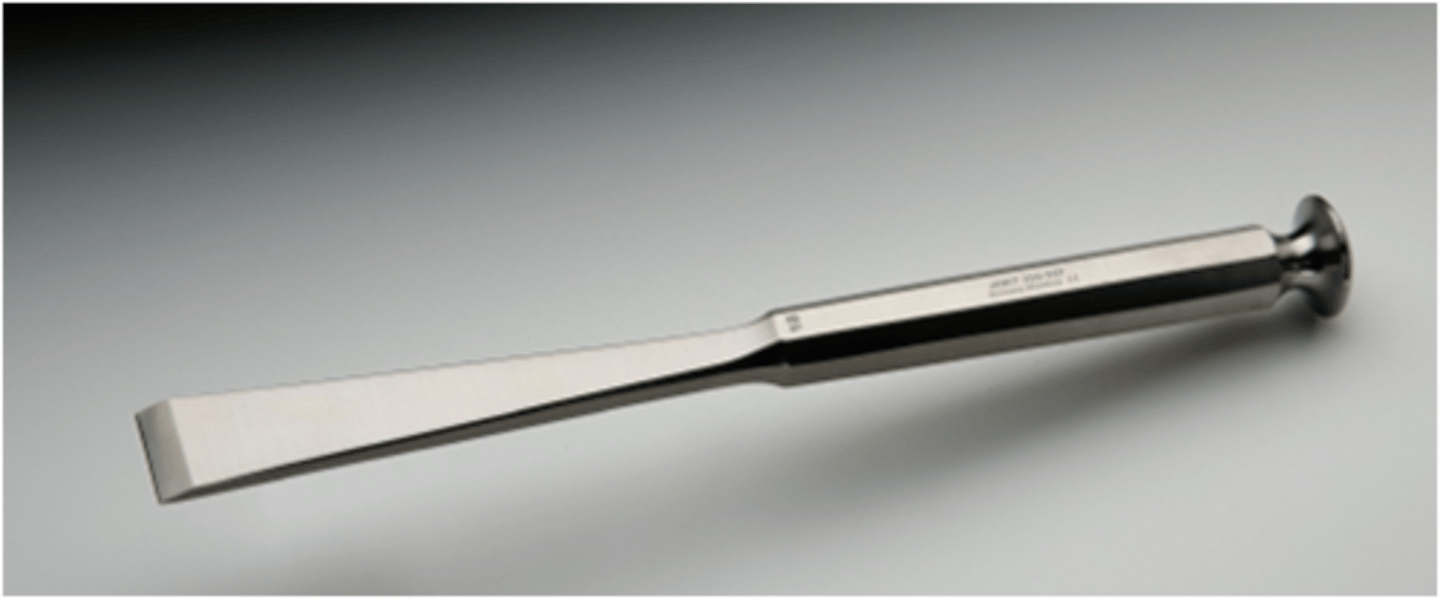
Stille Bone Osteotome
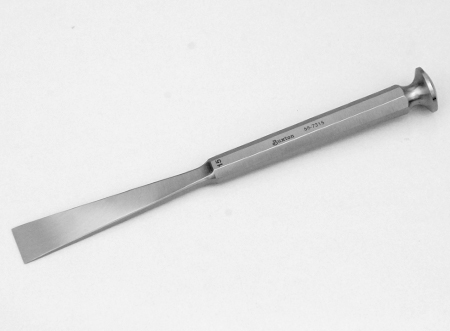
Lambotte Osteotome
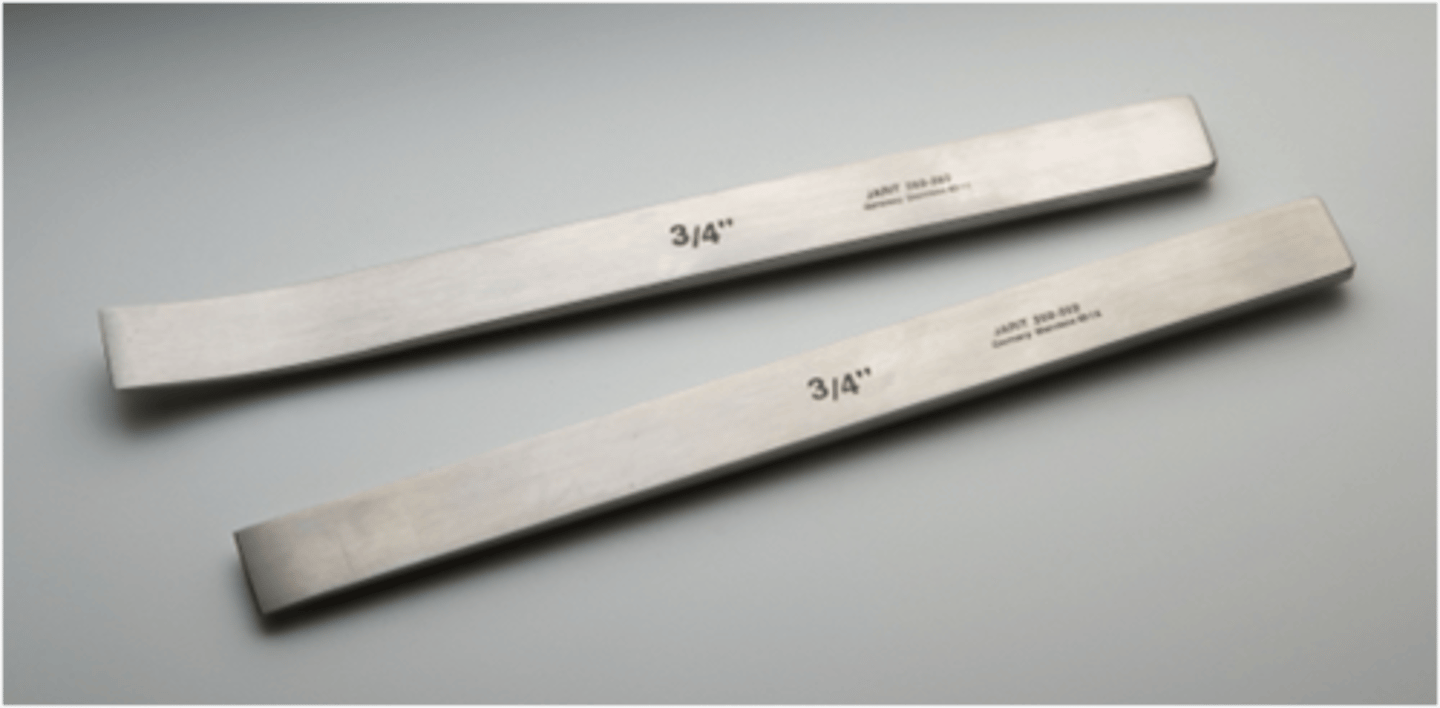
Pin Cutter
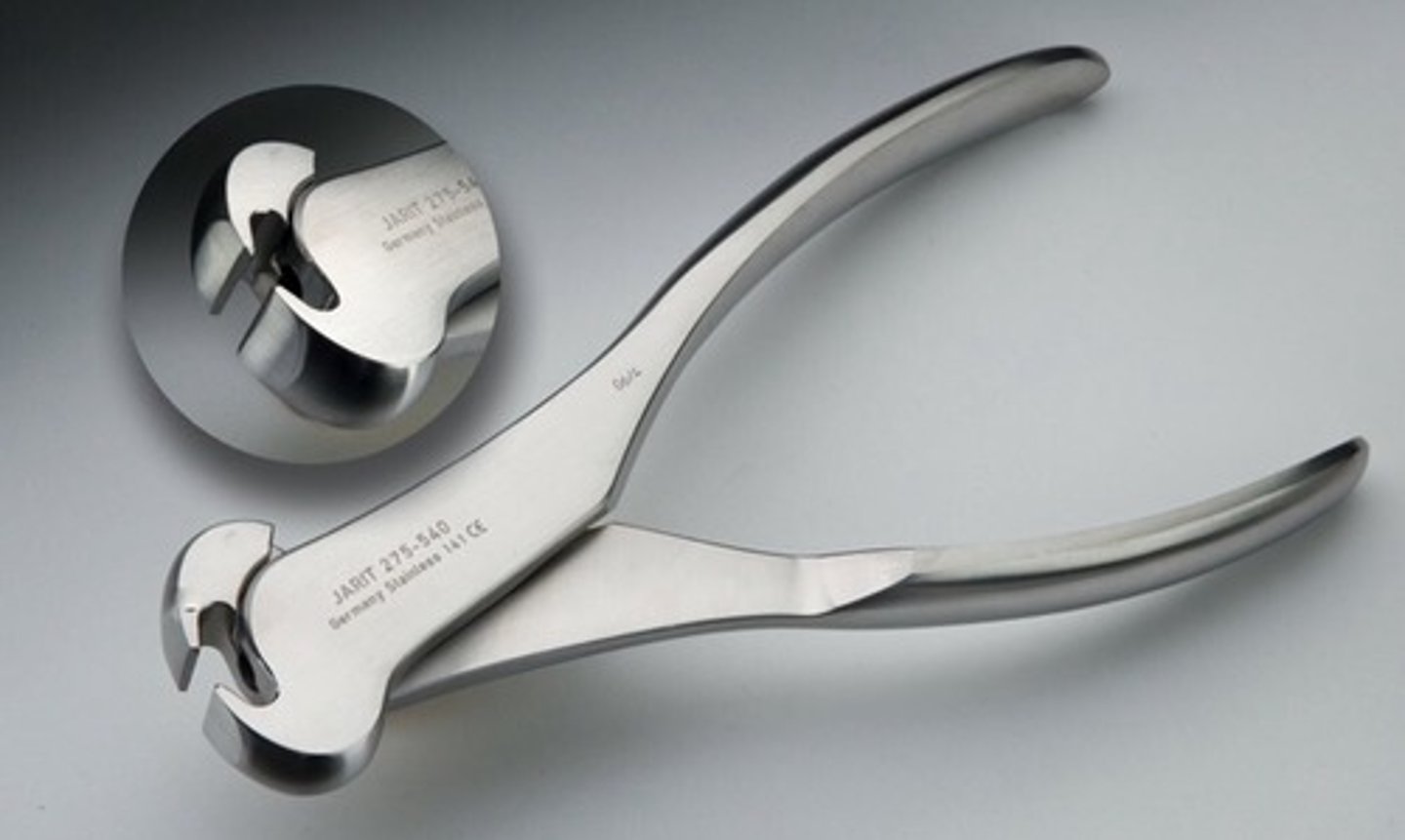
Bruns Oval Curettes
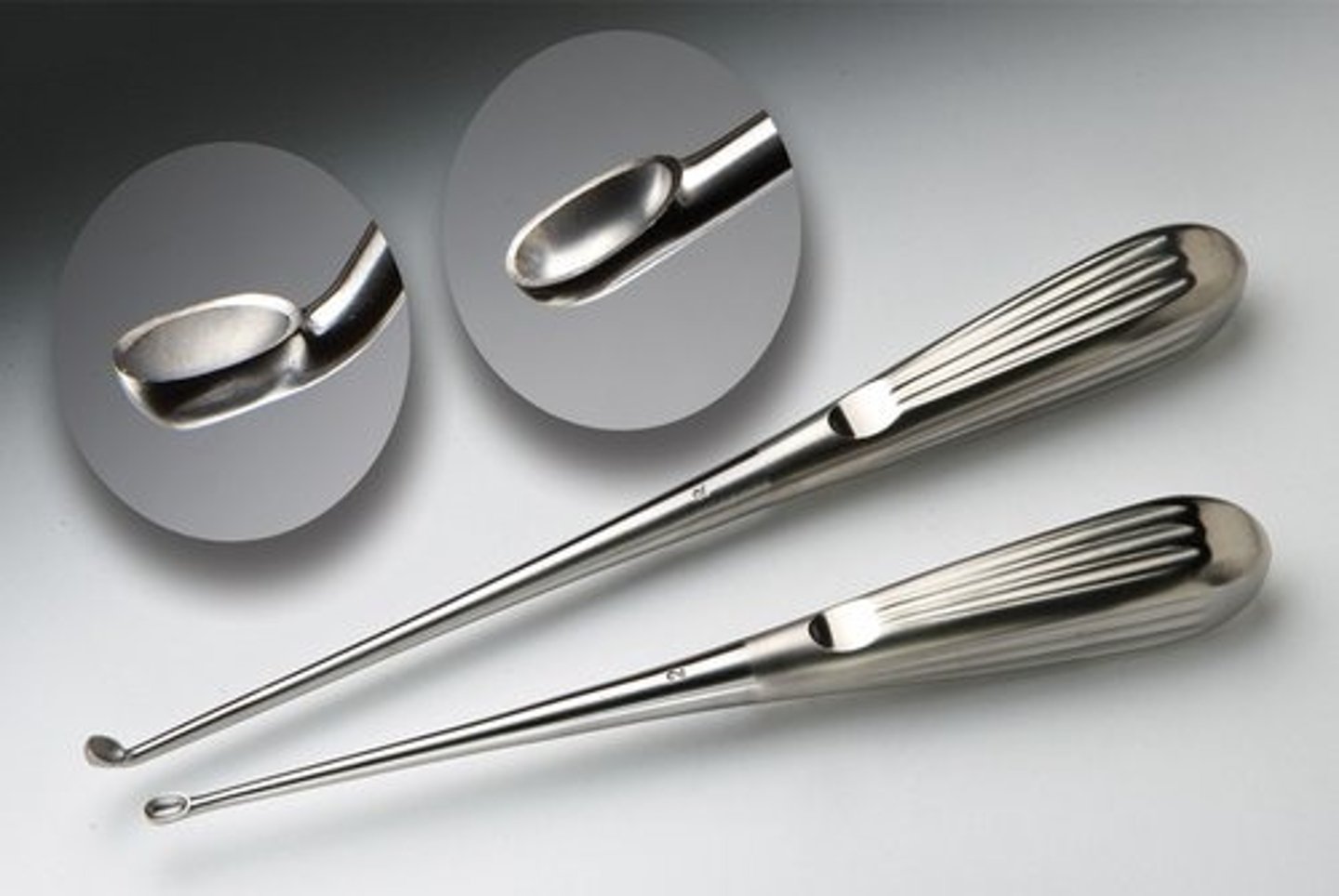
Stille-Leur Rongeur

Zaufel-Jansen Rongeur
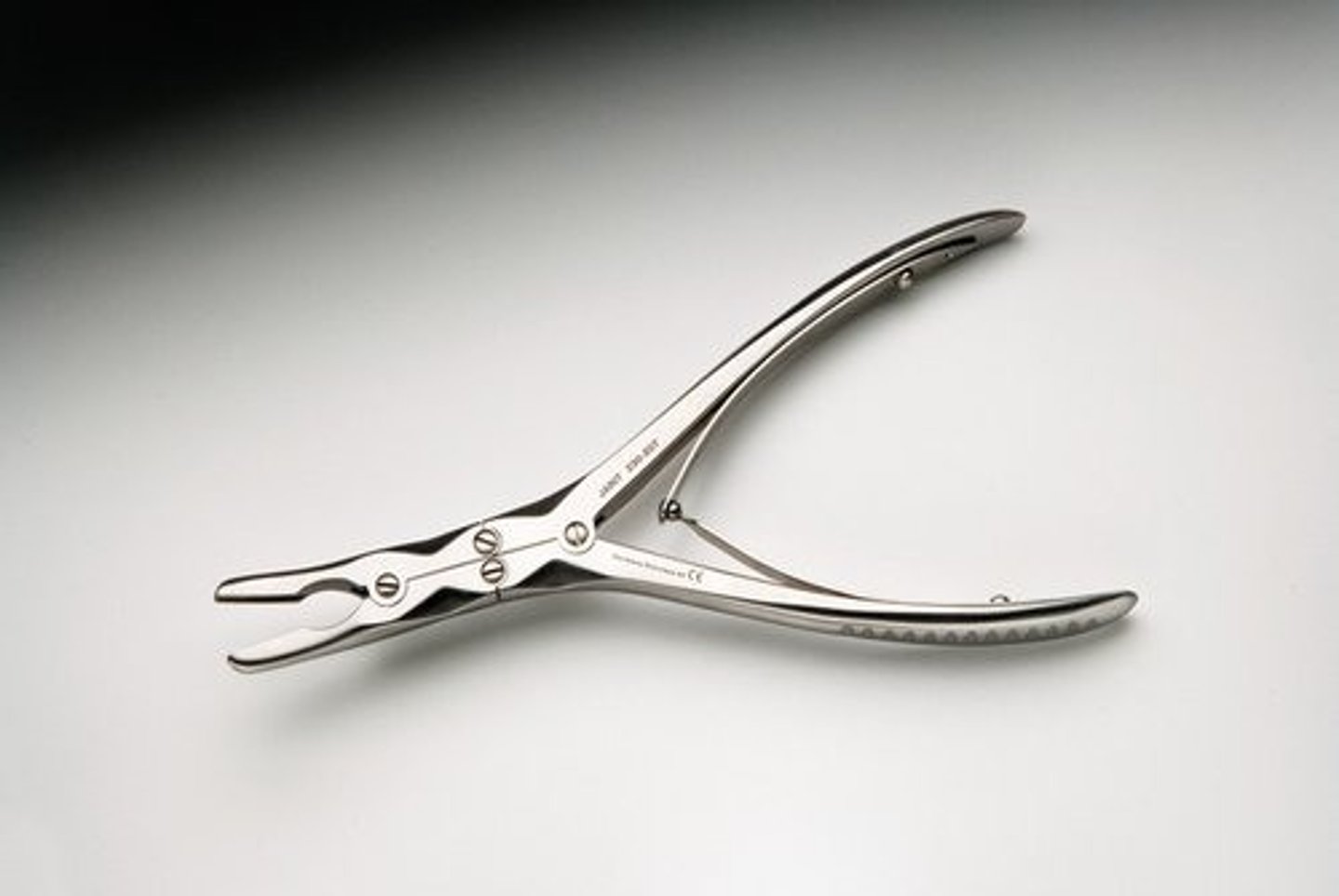
Cushing Rongeur

Shaver
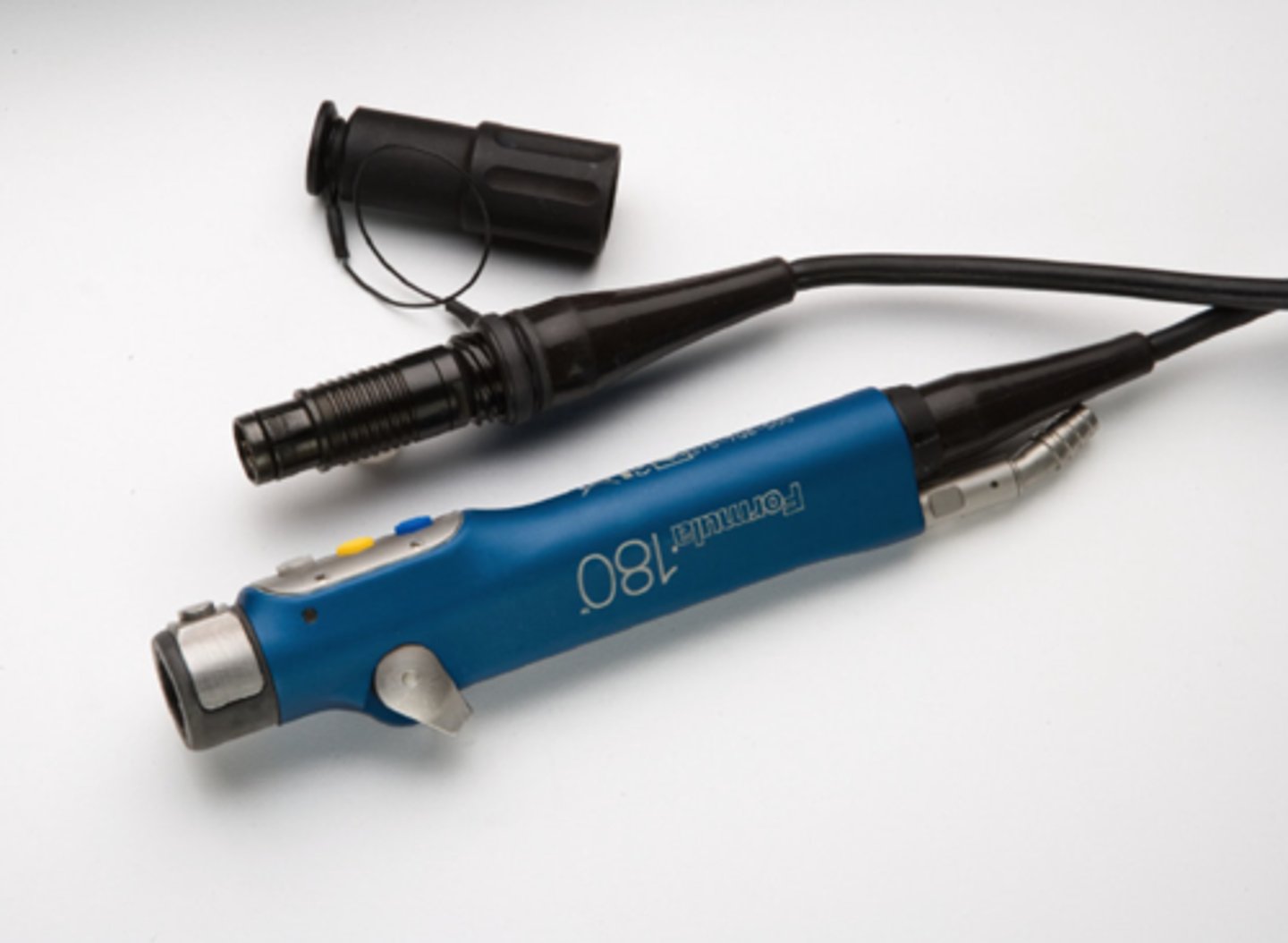
Plate Forceps
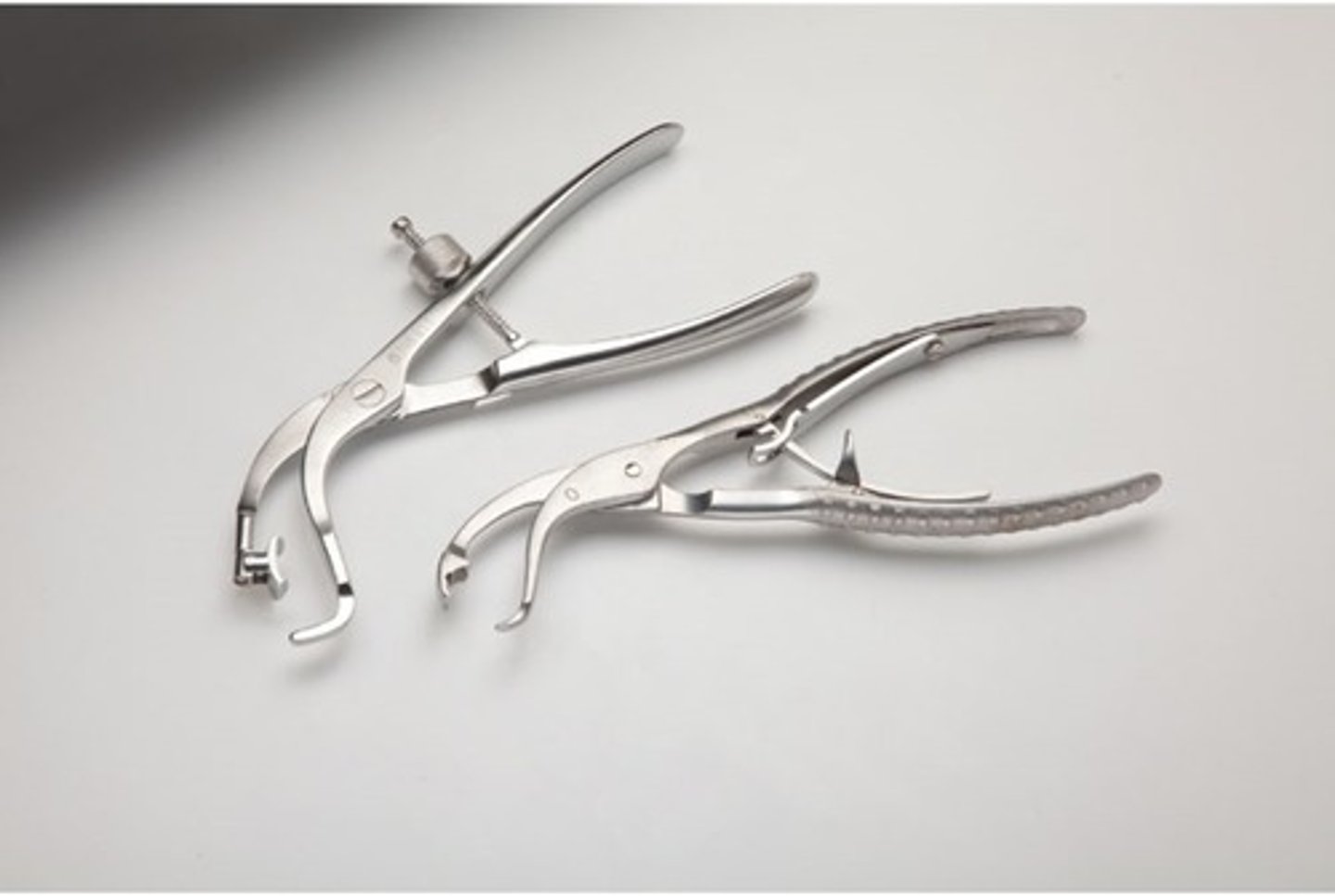
Lowman Bone Clamp
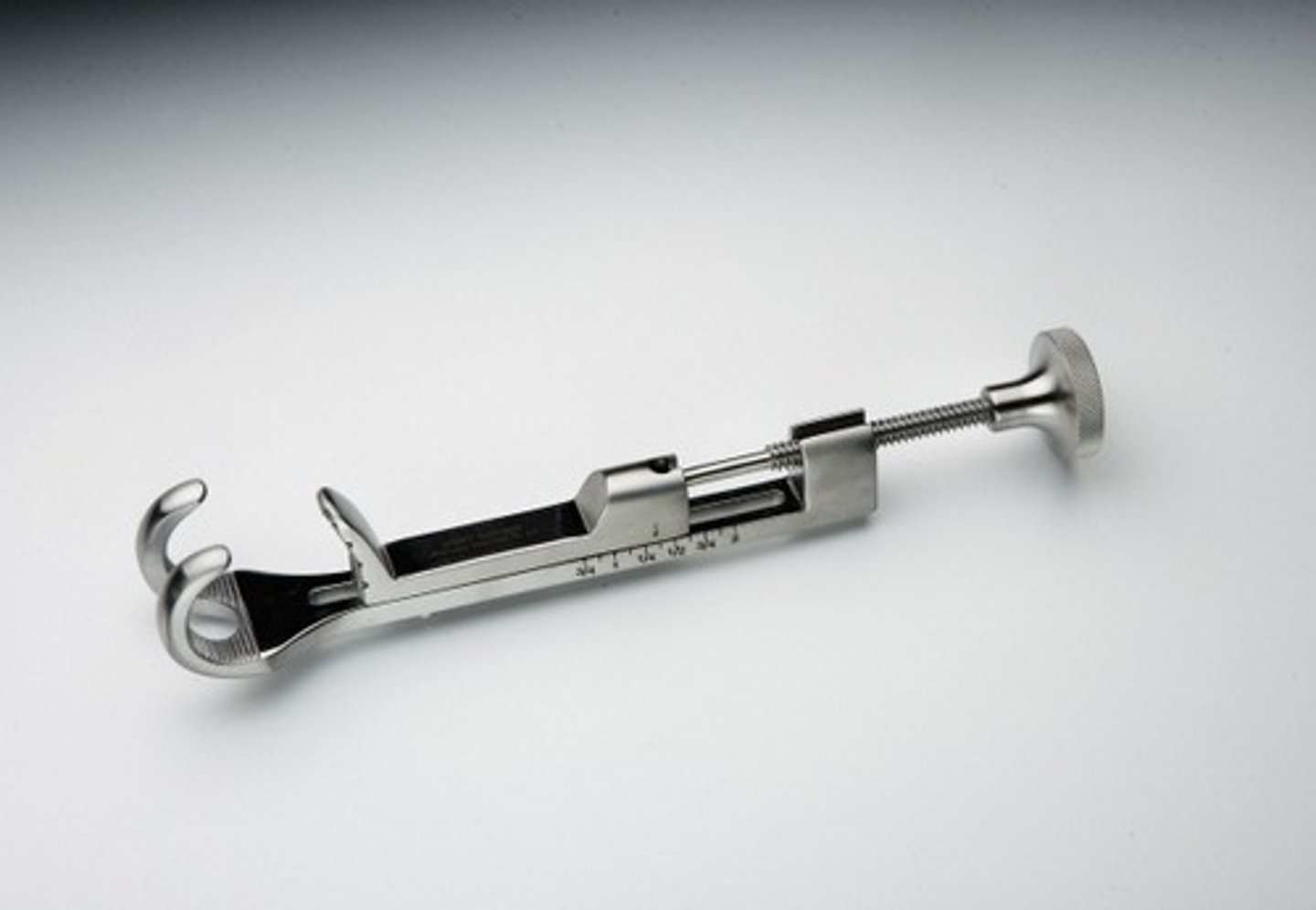
Needlenose Pliers
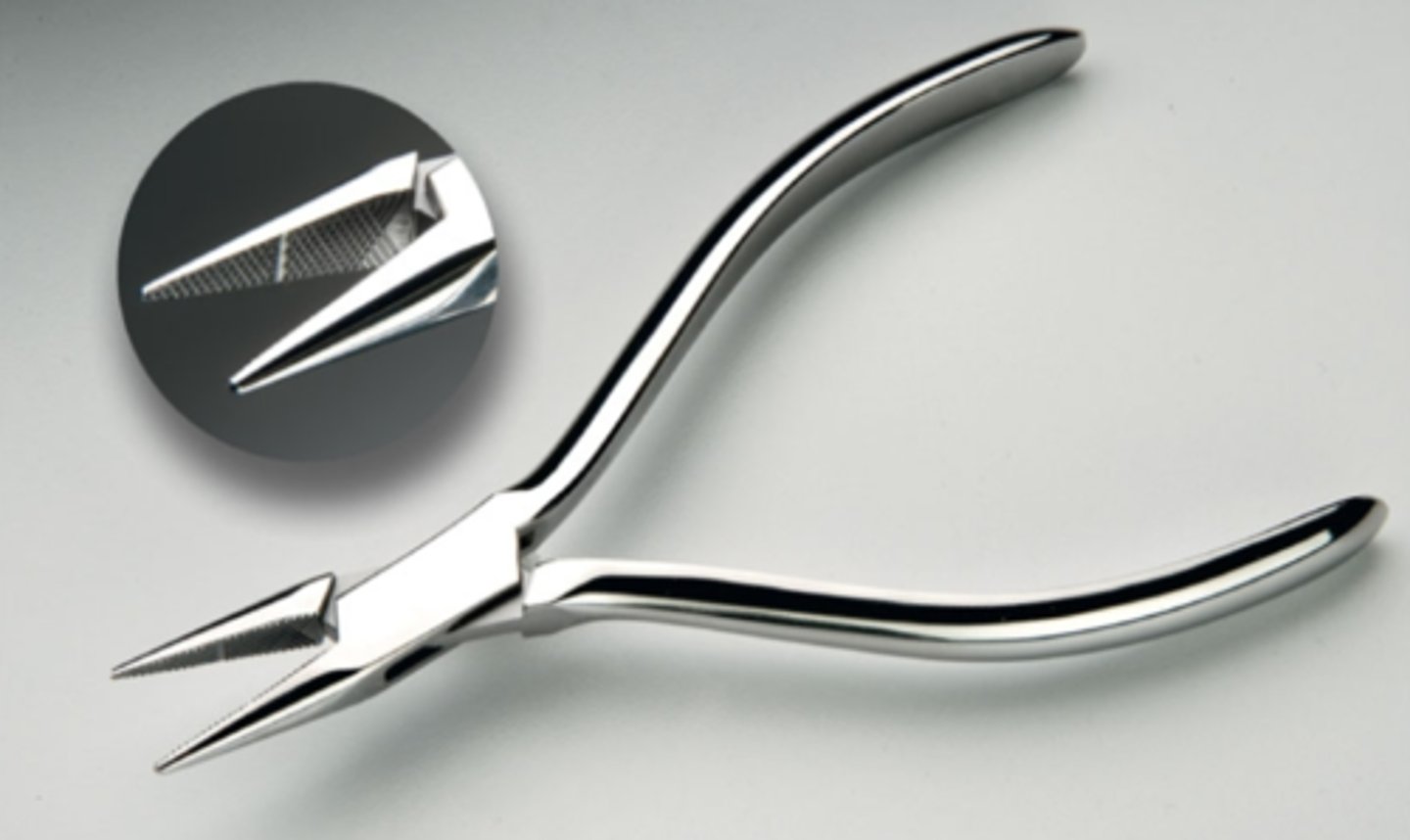
Pliers
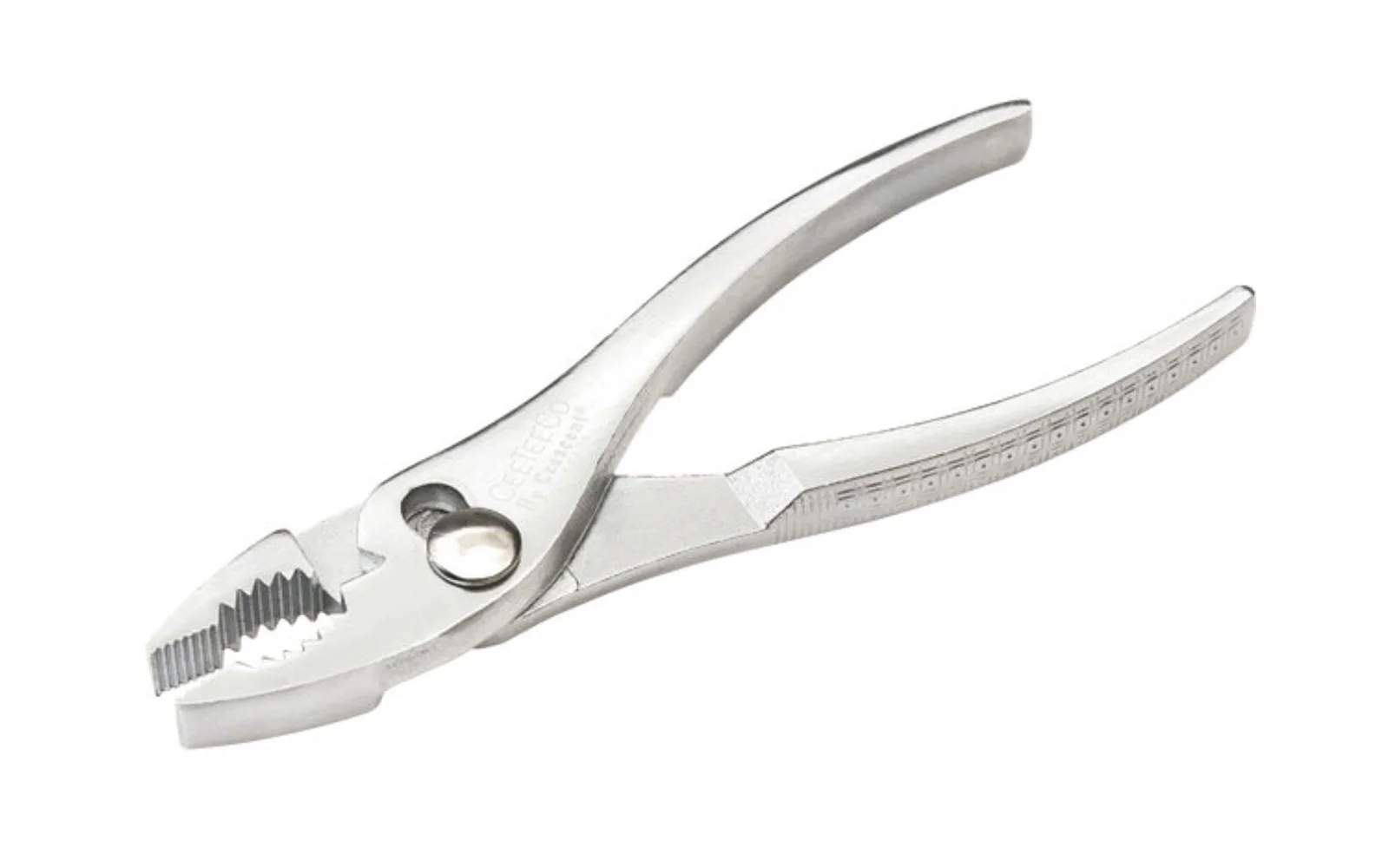
Arthroscopy Probe
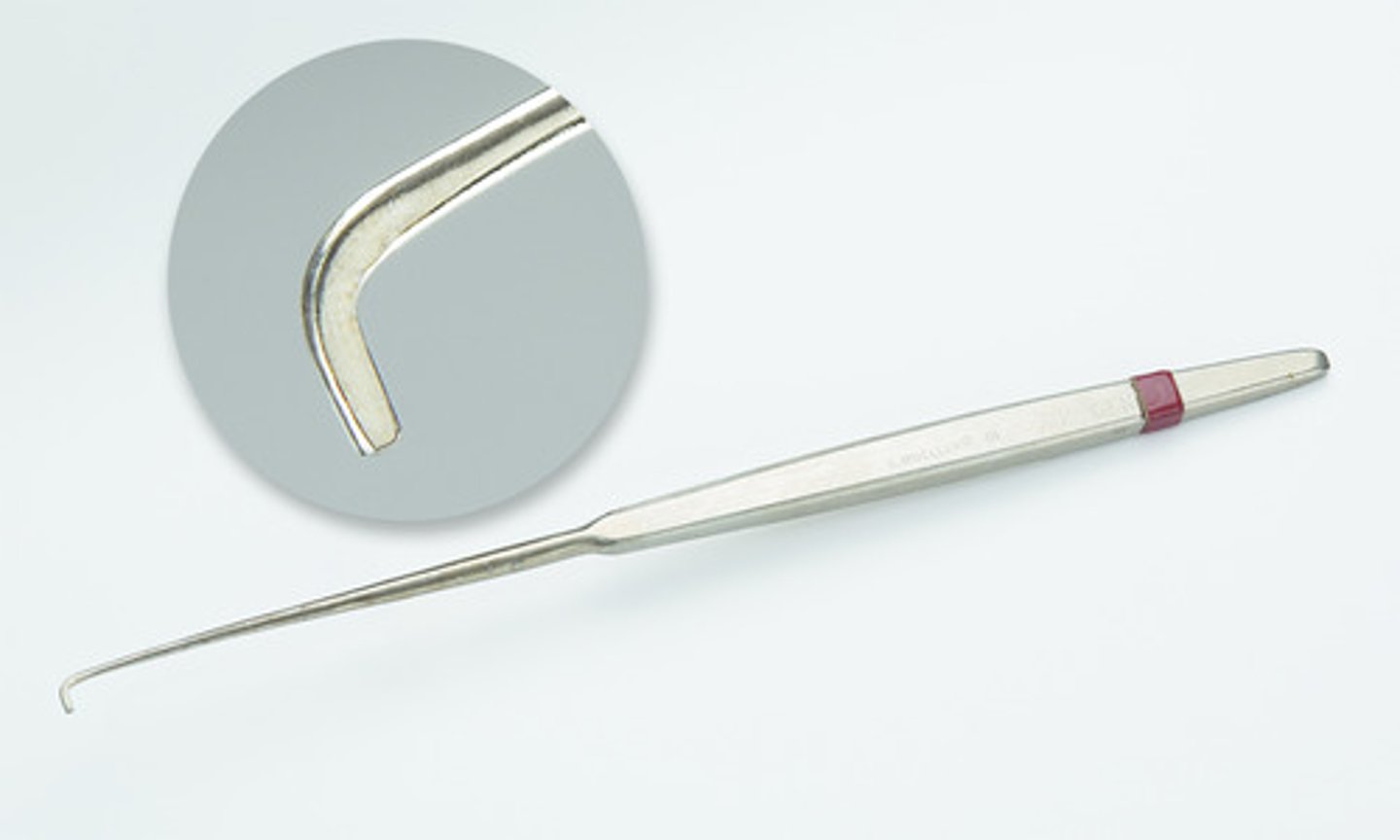
Bennett Retractor
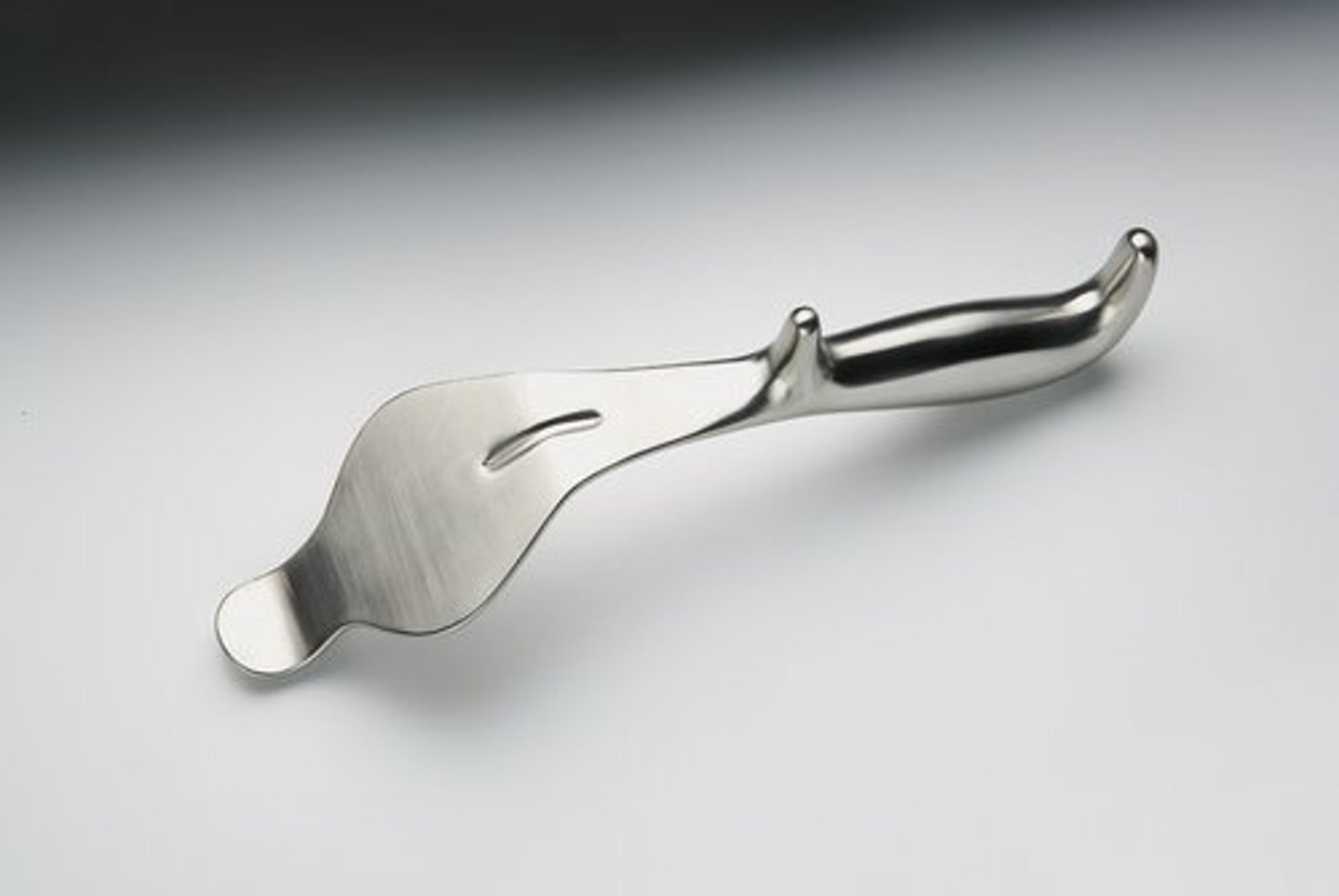
Hibbs Retractor

Beckman Retractor
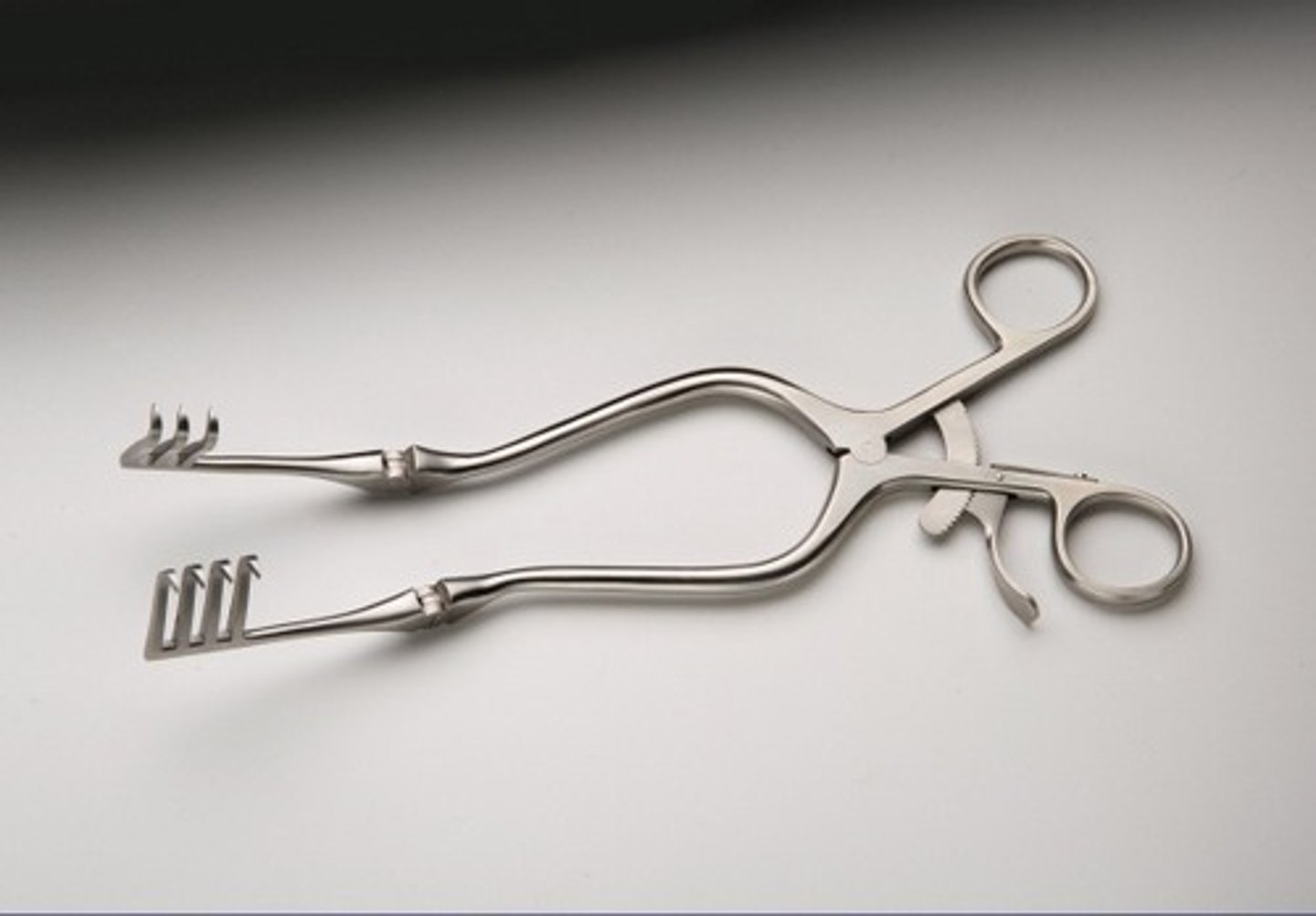
Murphy-Lane Bone Skid

Bone Hook
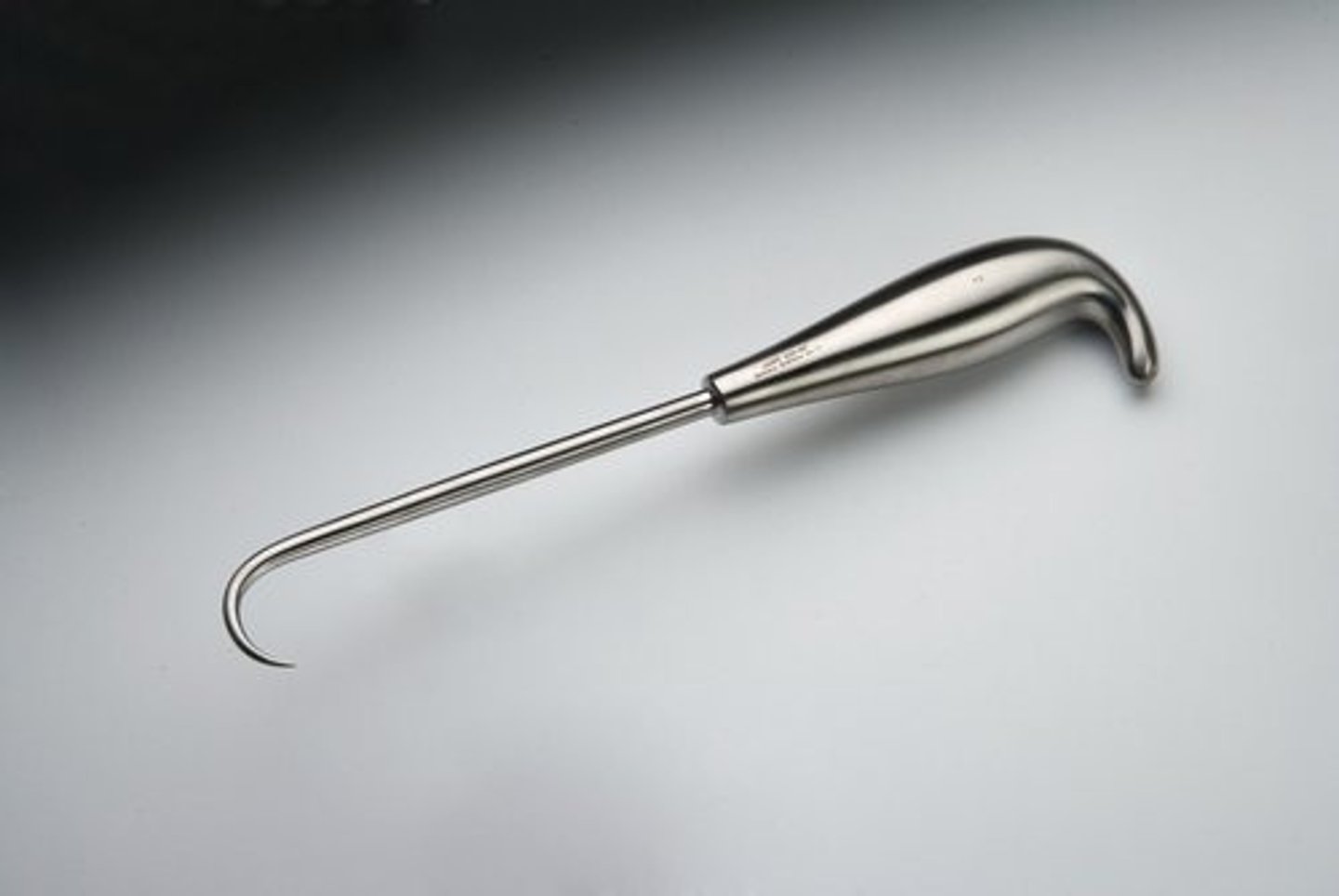
Mini Hohmann Retractor
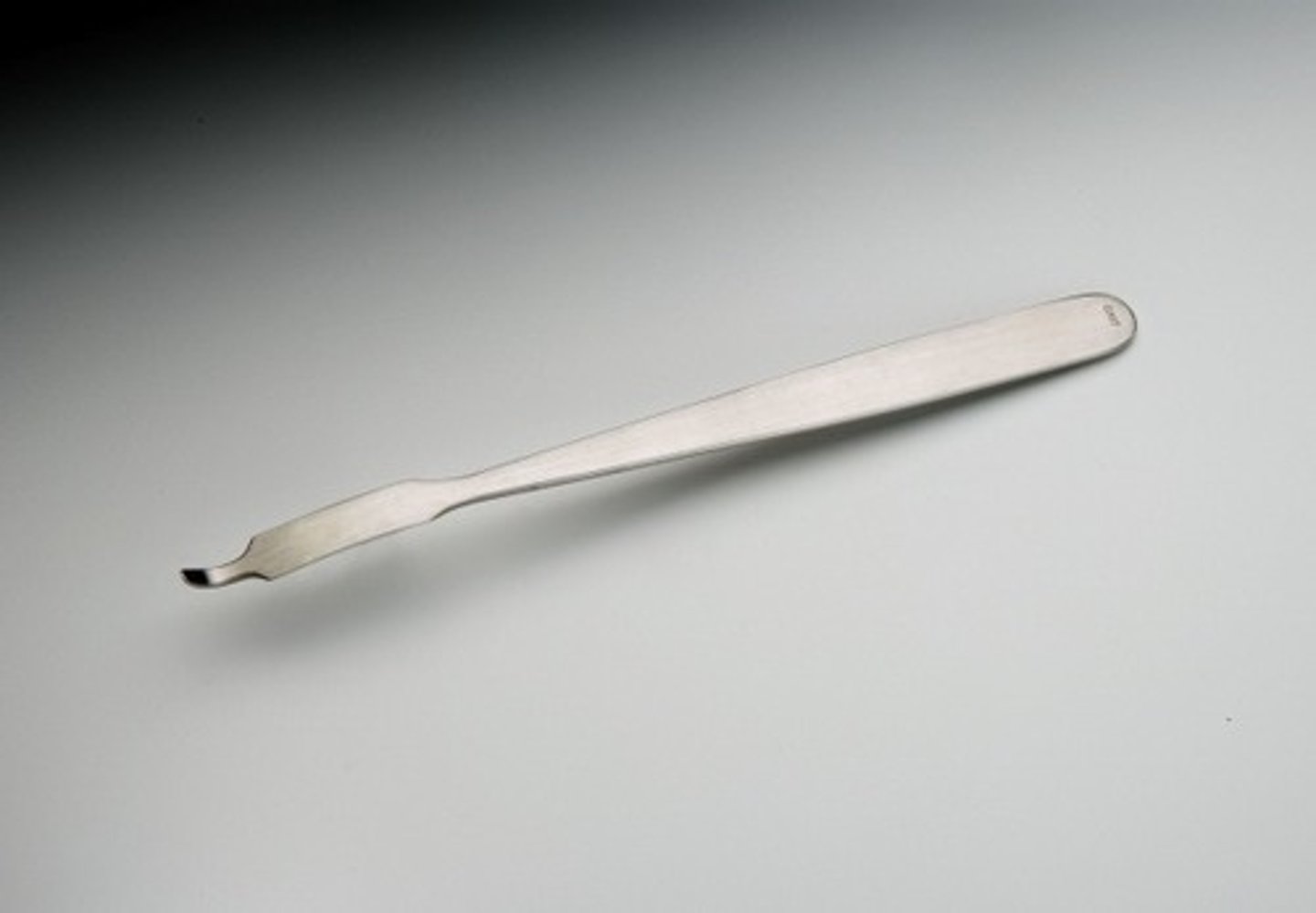
Charnley Retractor
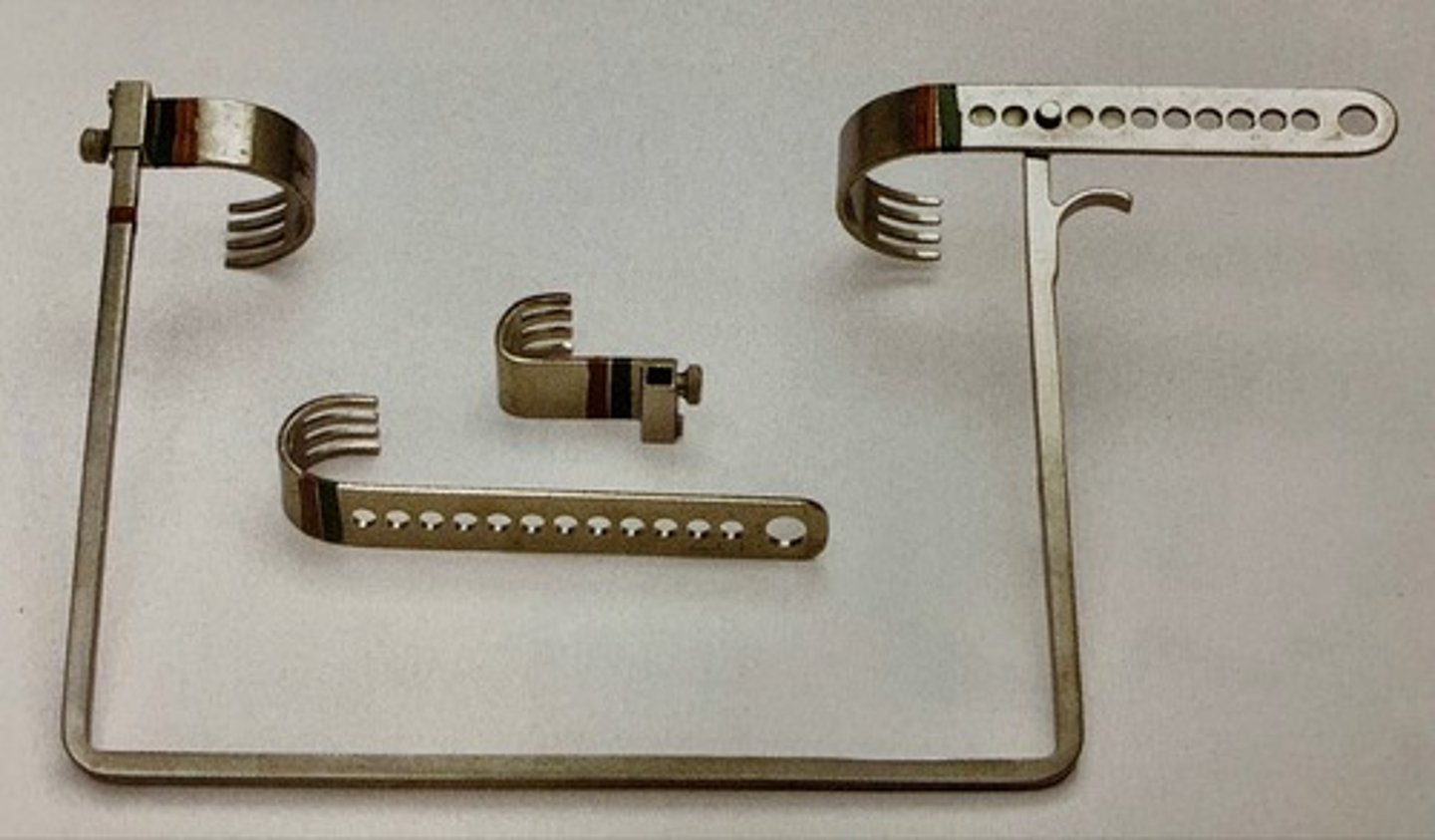
Israel Rake Retractor
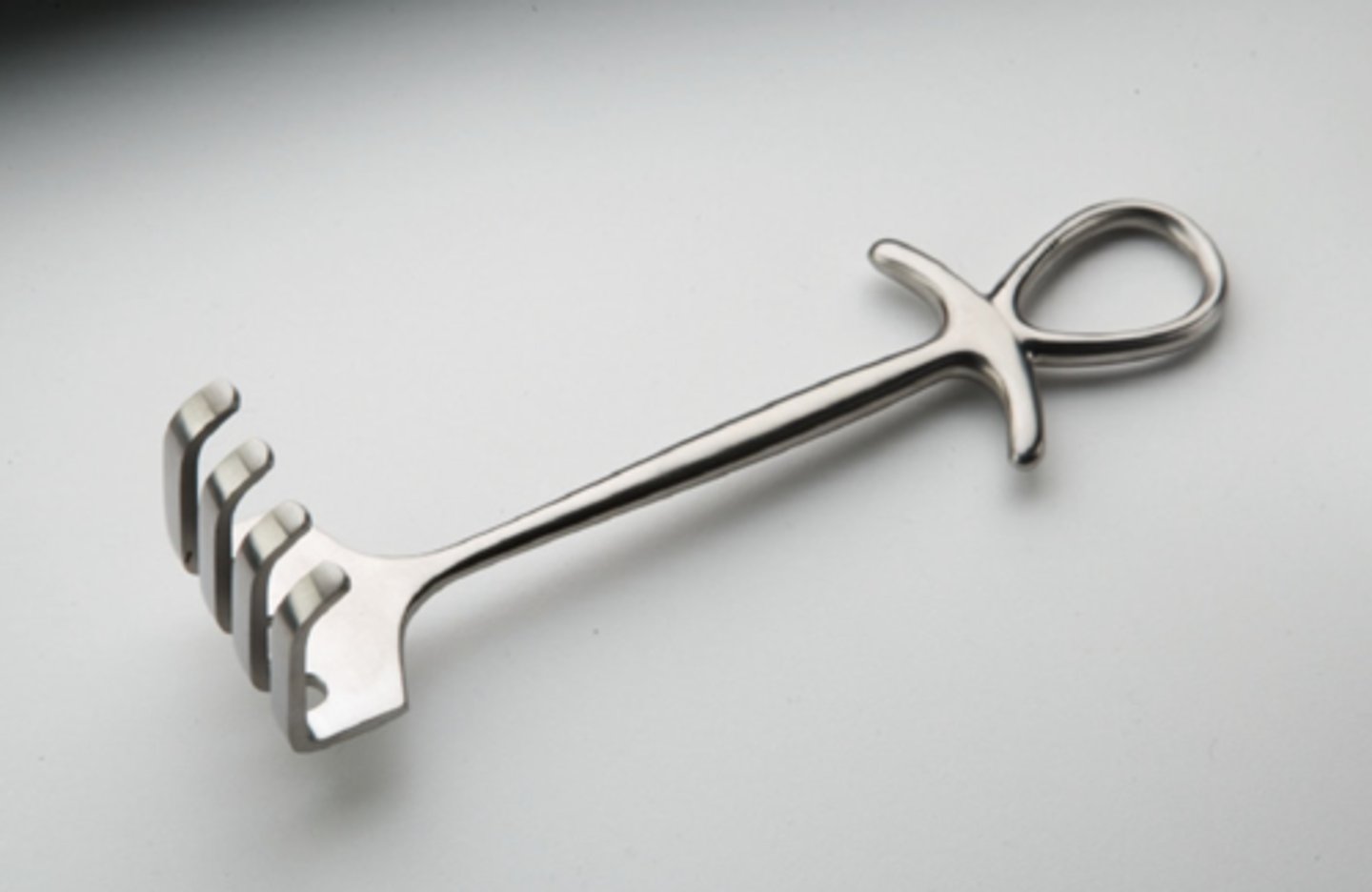
Cobra Retractor
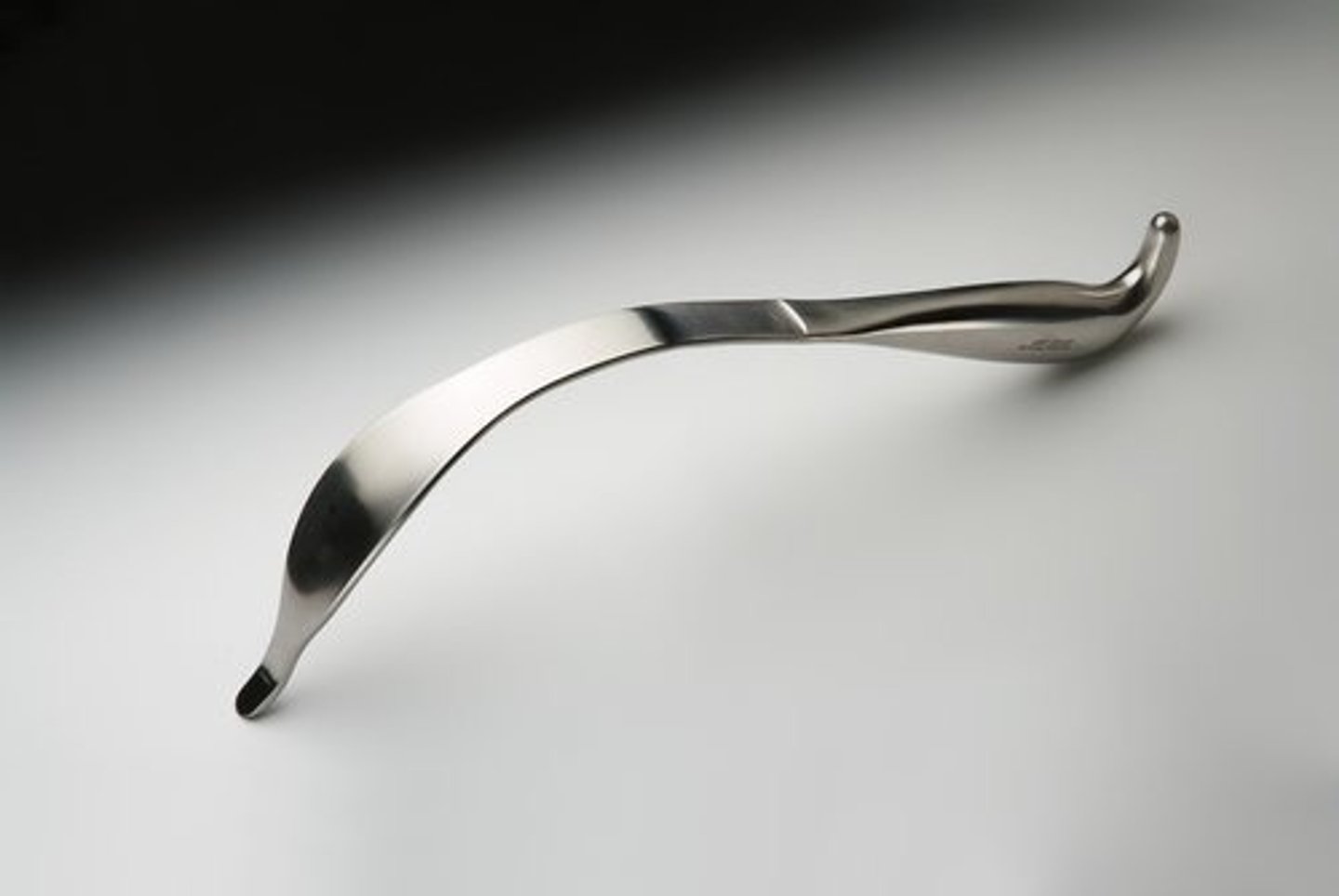
Taylor Hip Retractor
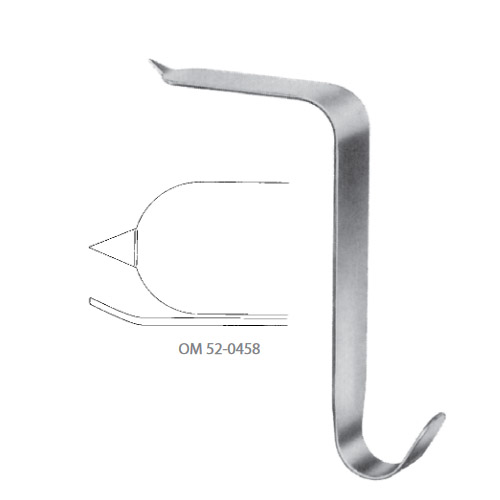
Sharp hohmann retractor
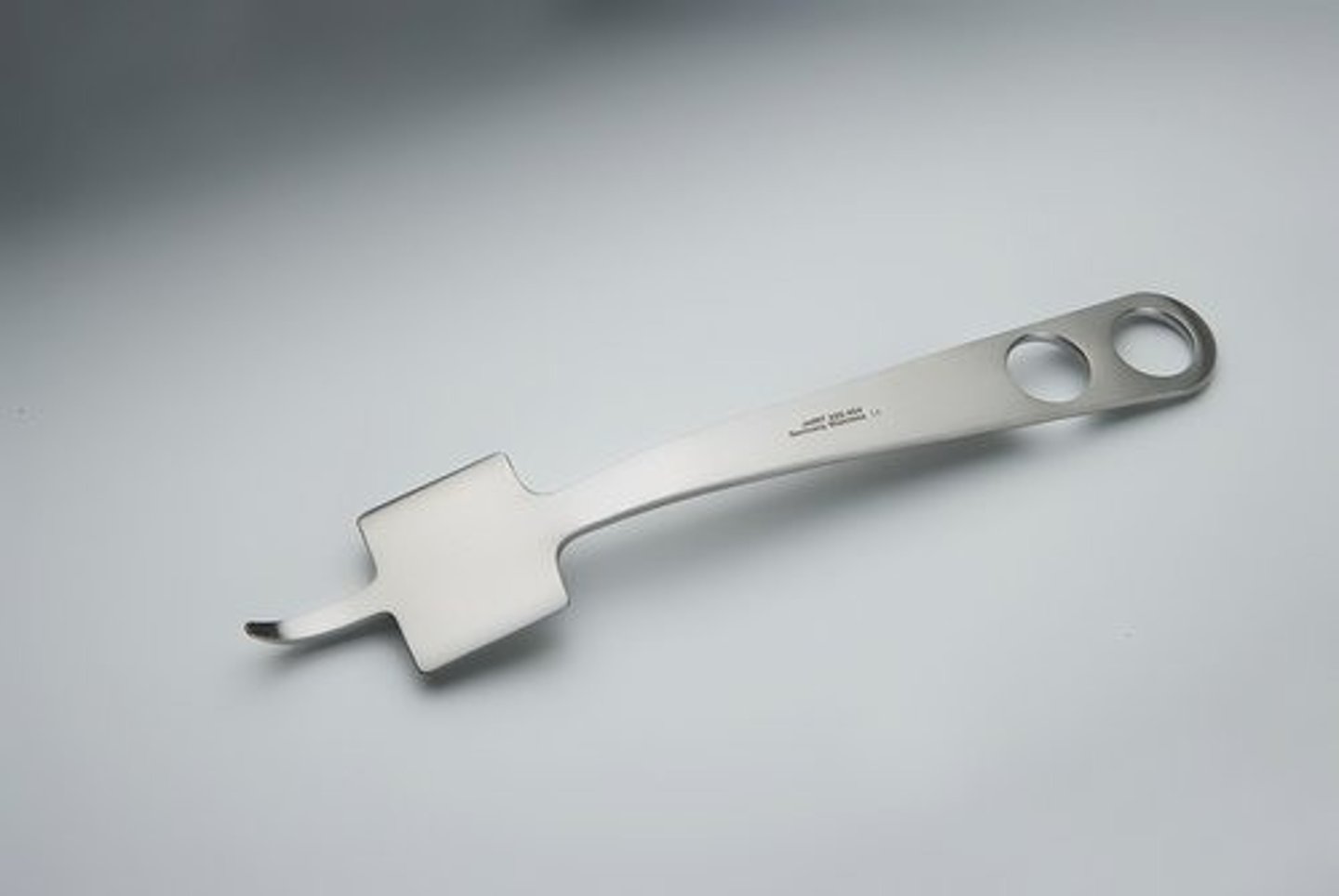
Arthroplasty
the surgical reconstruction or replacement of a joint
Arthralgia
pain in a joint
Arthritis
inflammation of a join
Osteoarthritis
degenerative disease of the joint and is a normal part of aging
Rheumatoid arthritis
autoimmune disease resulting in abnormal stiffness and fixation of joints
Bucket handle tear
abnormalities of the internal structures of the knee joint. The torn edge resembles a bucket handle
Ganglion of tendon sheath
cystic growth commonly occurring on the dorsum of the wrist
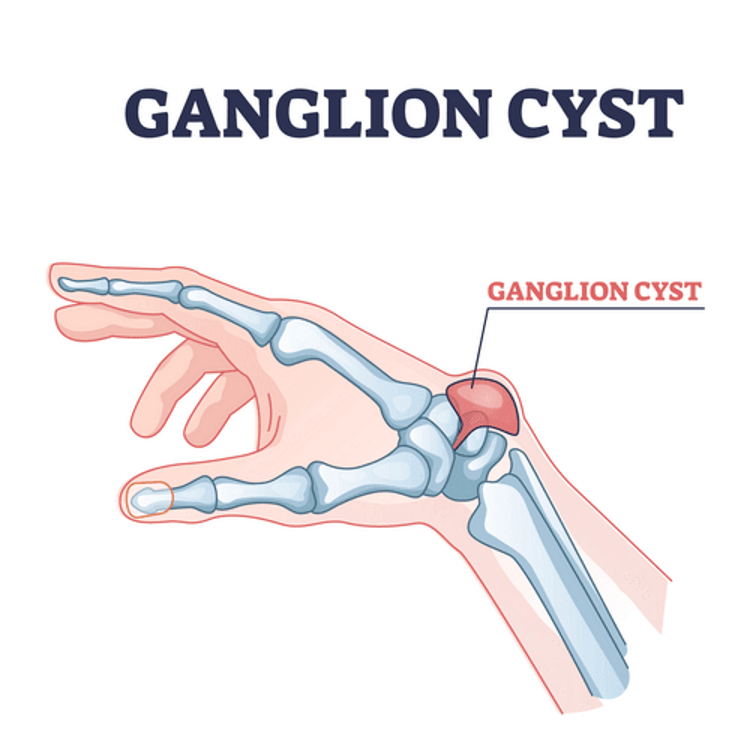
Osteochondritis
inflammation of bone and cartilage
Osteoma
tumor of the bone
Osteomalacia
a softening of bone caused by loss of calcification
Osteomyelitis
Inflammation and infection of the bone and bone marrow, usually caused by bacteria. Staphylococci are the most common causative bacteria
BLANK are the most common causative bacteria
Staphylococci
Osteonecrosis [Avascular Necrosis]
Destruction and death of bone tissue. Frequently occurs in the head of the femur due to a disease process or trauma that obstructs or destroys the blood supply to the femoral head
Osteoporosis
decreasing bone mass causing the bones to become brittle and fragile
Bunion
A bony protuberance on the medial aspect of the first metatarsal. Associated with a hallux valgus deformity
Hallux Valgus
A bony prominence projecting from a bone is called an exostosis
Coxa Valga
Outward turning of the hip joint
Coxa Vara
Inward turning of the hip joint
Genu Valgum – “Knock-kneed”
The knees are in close position and the space between
the ankles is increased
Genu Varum – “Bowlegged”
The space between the knees is abnormally increased and the lower leg bows outwardly.
Talipes valgus
outward turning of the foot away from the midline
Talipes varus
inward turning of the foot toward the midline
Osteogenesis Imperfecta
genetic and congenital condition that involves defective development of connective tissue, resulting in deformed and abnormally brittle bones that are easily fractured

Dislocation
displacement of bone from its socket, usually caused by trauma.
Fracture
discontinuity of the normal alignment of bone. Most fractures are caused by accidents, although some are pathological (fractures caused by diseased bones)
If the bone pierces the skin, it is called a BLANK
[Time limit for surgery to decrease risk of infection.]
compound or open fracture
If it does not pierce the skin, it is called a BLANK
simple or closed fracture
Continuous through the bone is called BLANK
(Whether or not the bone pierces the skin)
complete
Not continuous is called BLANK
incomplete or partial
Linear fracture
runs parallel to the axis of the bone
Spiral fracture
curves around the bone
Transverse fracture
is across the bone
Intra-articular fracture
is on the joint surfaces
Malignant Neoplasms
Ewing’s Tumor
Multiple Myeloma
Osteosarcoma
Benign Neoplasms
Chondroma
Giant Cell Tumor
Osteoma
Avulsion fracture
a bone fragment is pulled away from its main body by soft tissue that is attached to it
Bucket Handle fracture
an injury to the metaphysis which is the growing plate at each end of a long bone
Butterfly fracture
large, triangular fracture fragments seen commonly in comminuted long bone fractures
Displaced fracture
when the ends of the bone have come out of alignment
Stages of Normal Bone Healing
Inflammation
approx. 2 days
Stages of Normal Bone Healing
Cellular Proliferation
begins on 2nd day
Stages of Normal Bone Healing
Callus Formation
3 - 4 weeks
Stages of Normal Bone Healing
Ossification
2-3 weeks following injury and can last 3-4 months
Stages of Normal Bone Healing
Remodeling
maintenance state of normal bone
When a bone fracture occurs, complete bone healing is expected in BLANK. The site of injury should be completely immobilized (internal or external fixation) and in proper alignment
8 – 12 weeks
Delayed Union –
An increase in the healing time of fractures
Distraction –
bone fragments that are separated so that bone contact does not occur
Avascular Necrosis – (traumatic injury or vascular system)
When circulation cannot be reestablished after a decreased blood supply to the bone may lead to irreversible necrosis
Compound fracture –
Compromises the integrity of the skin, allowing microorganisms to enter that may cause a bone infection. (Osteomyelitis)
Nonunion -
When the fractured bone ends do not meet
Malunion –
When the fracture heals in a position that does not resemble the original form of the bone